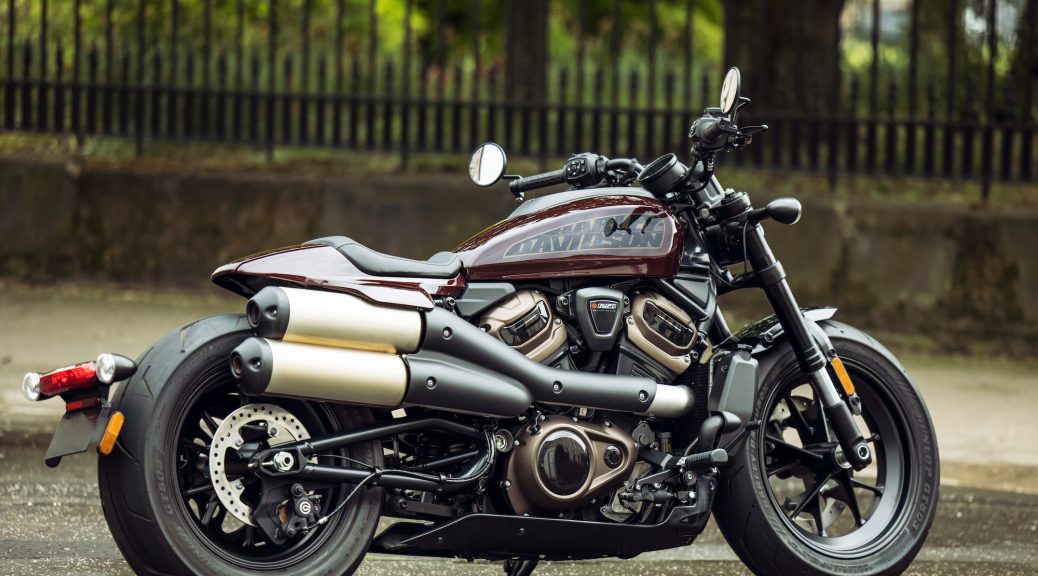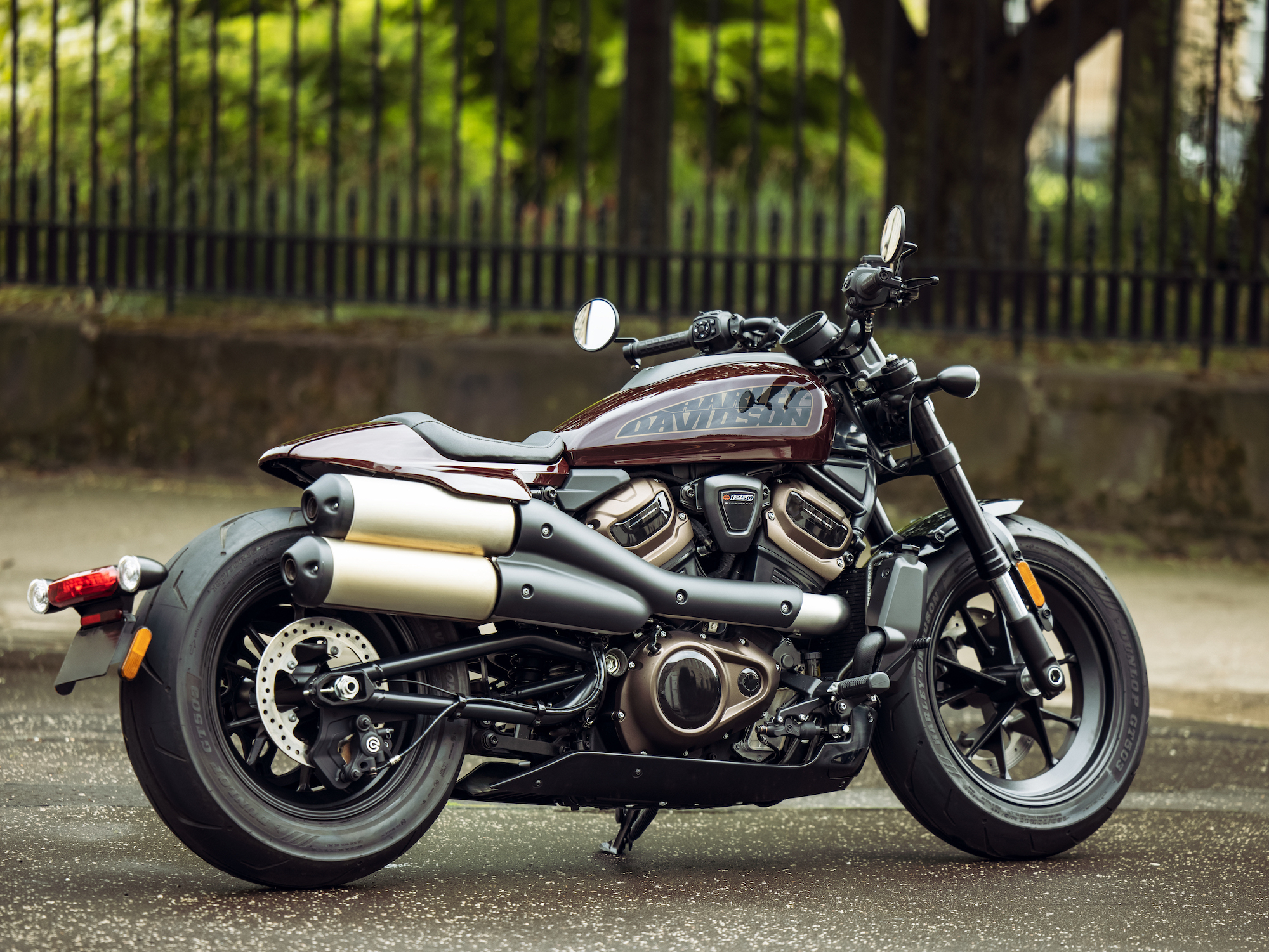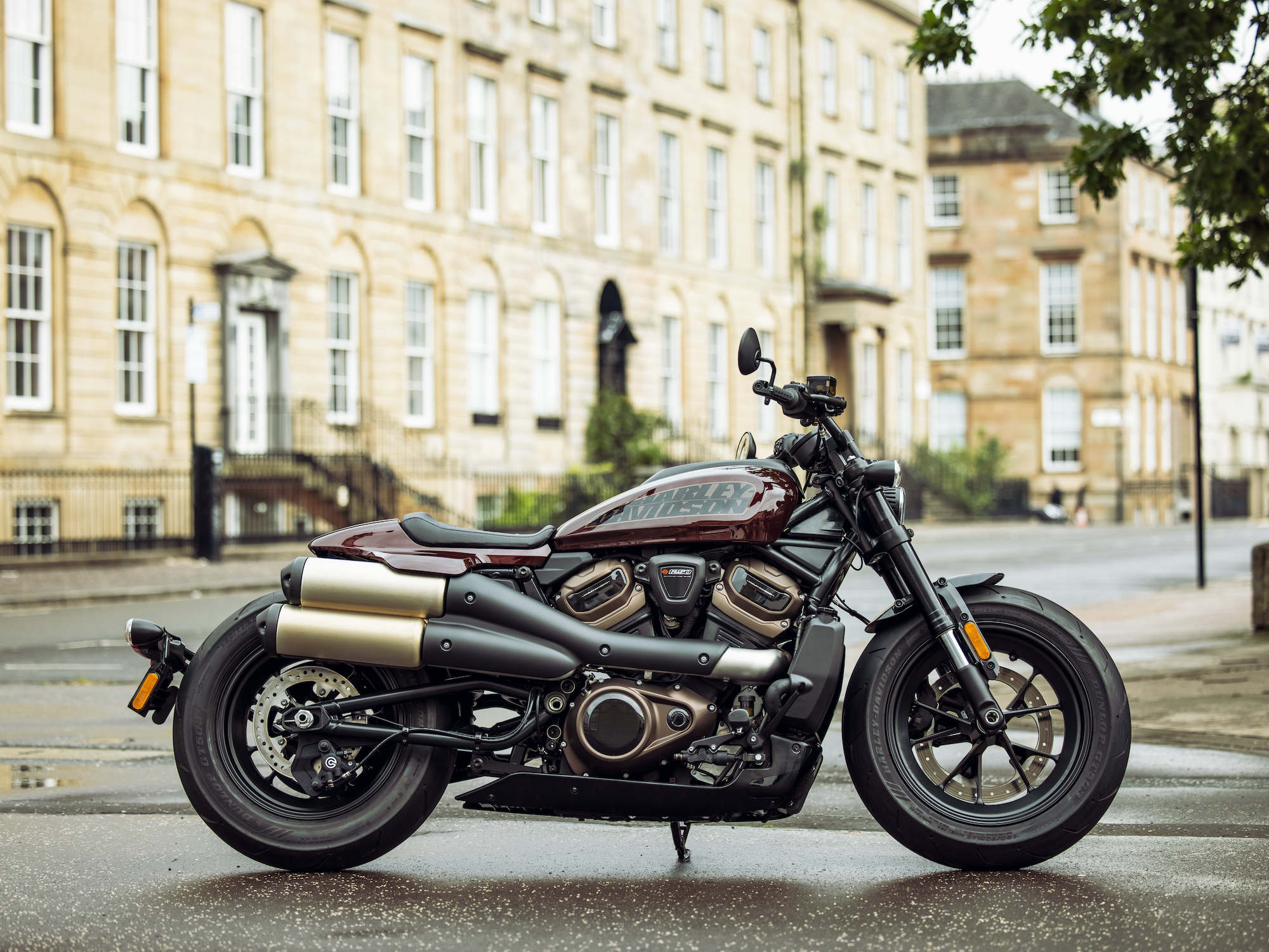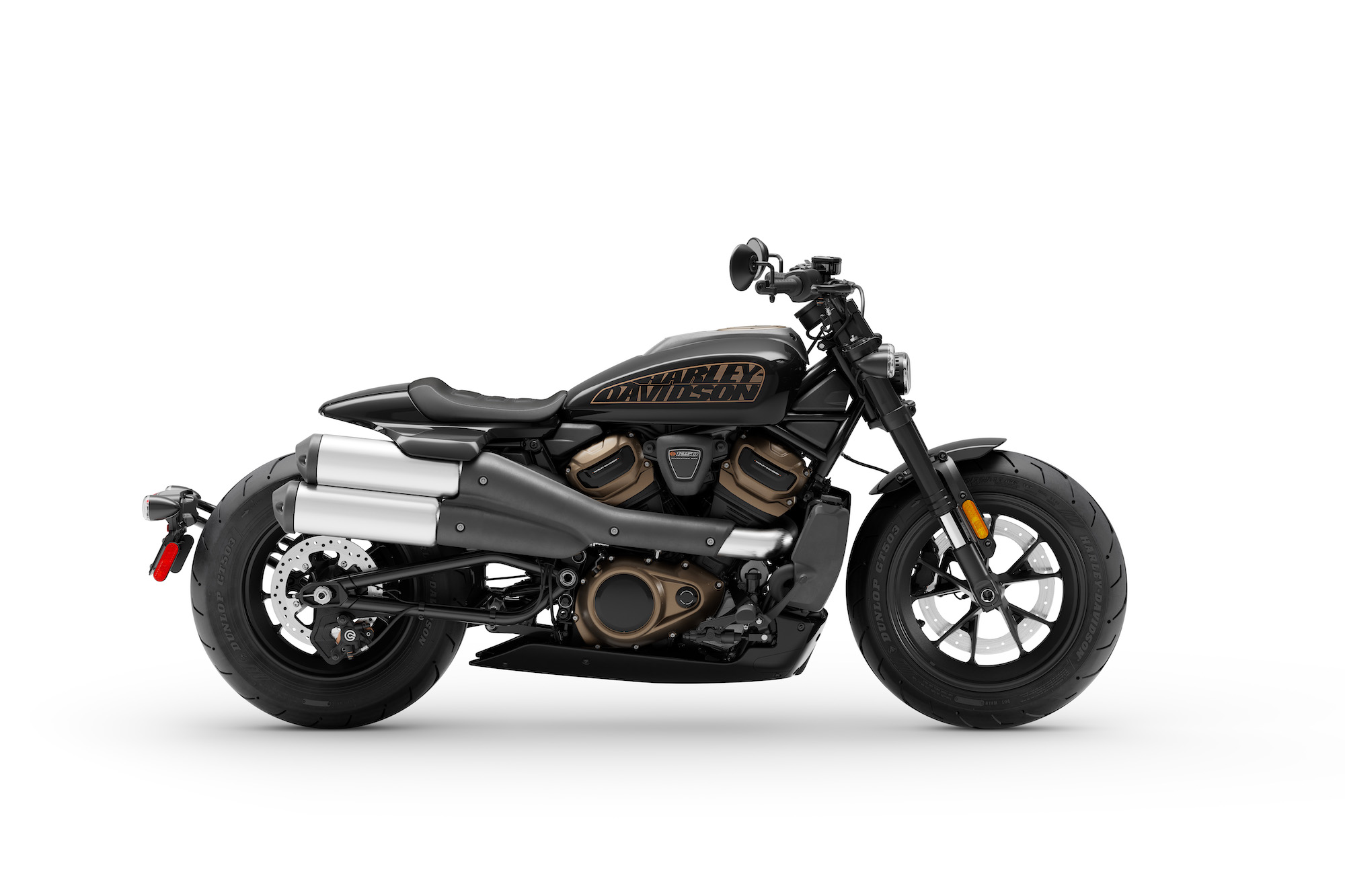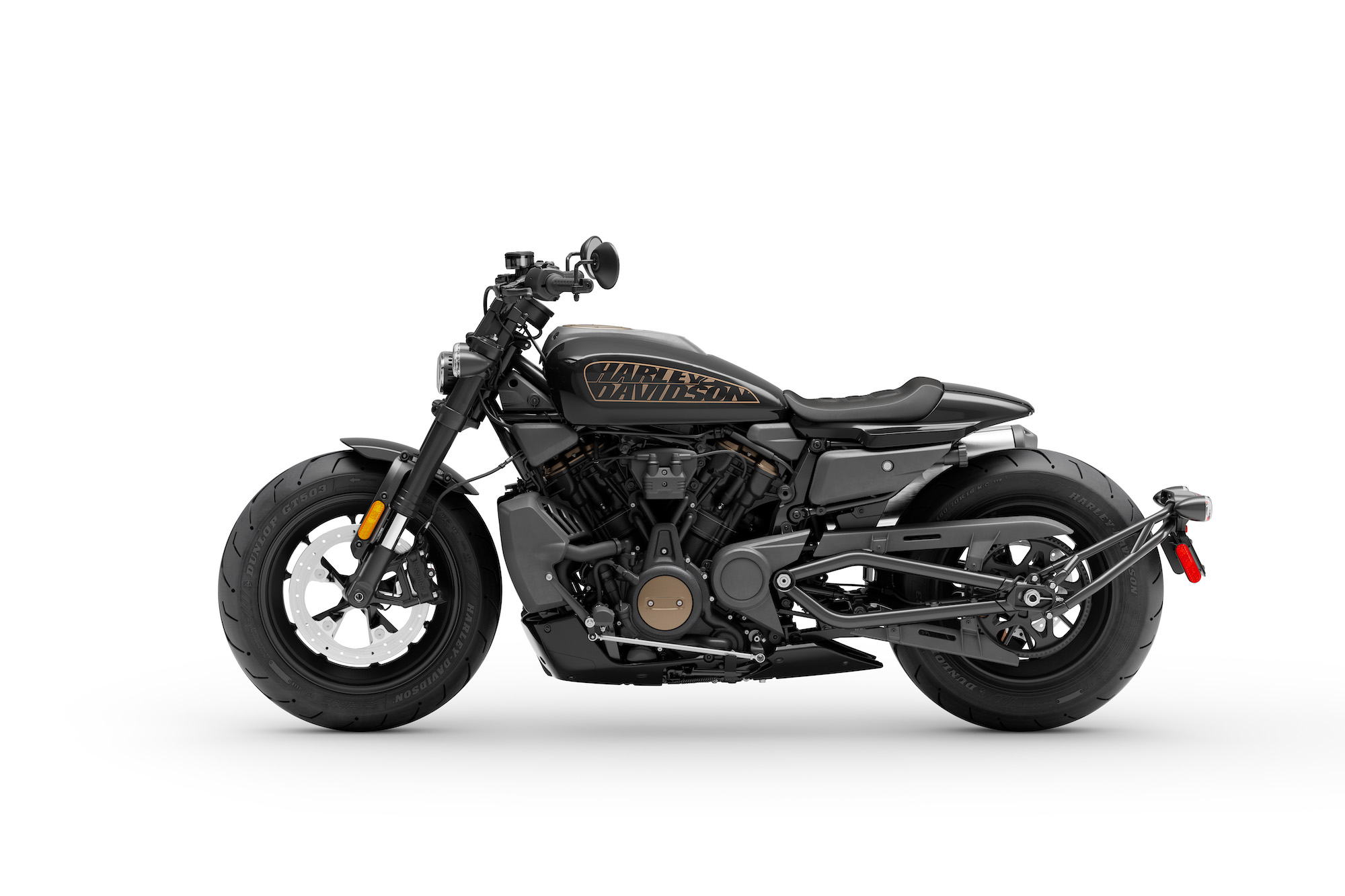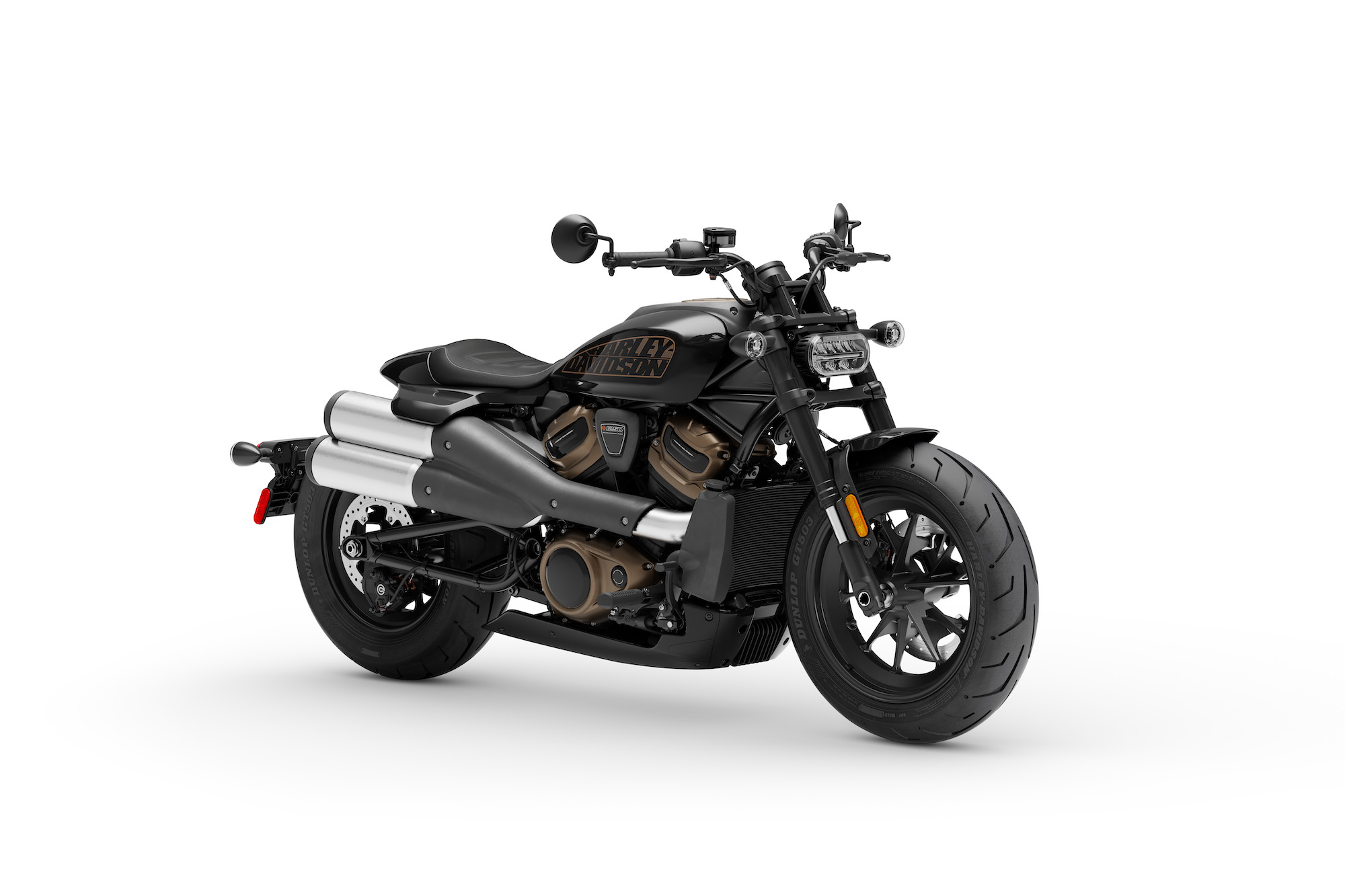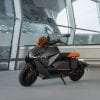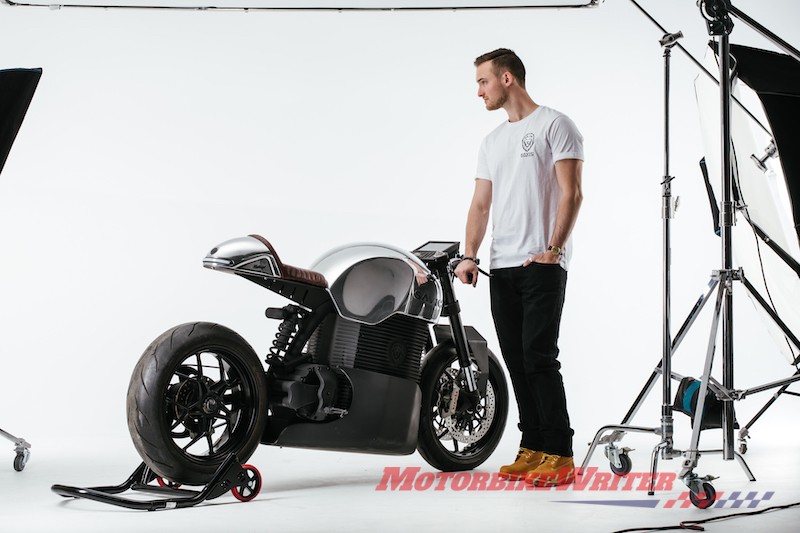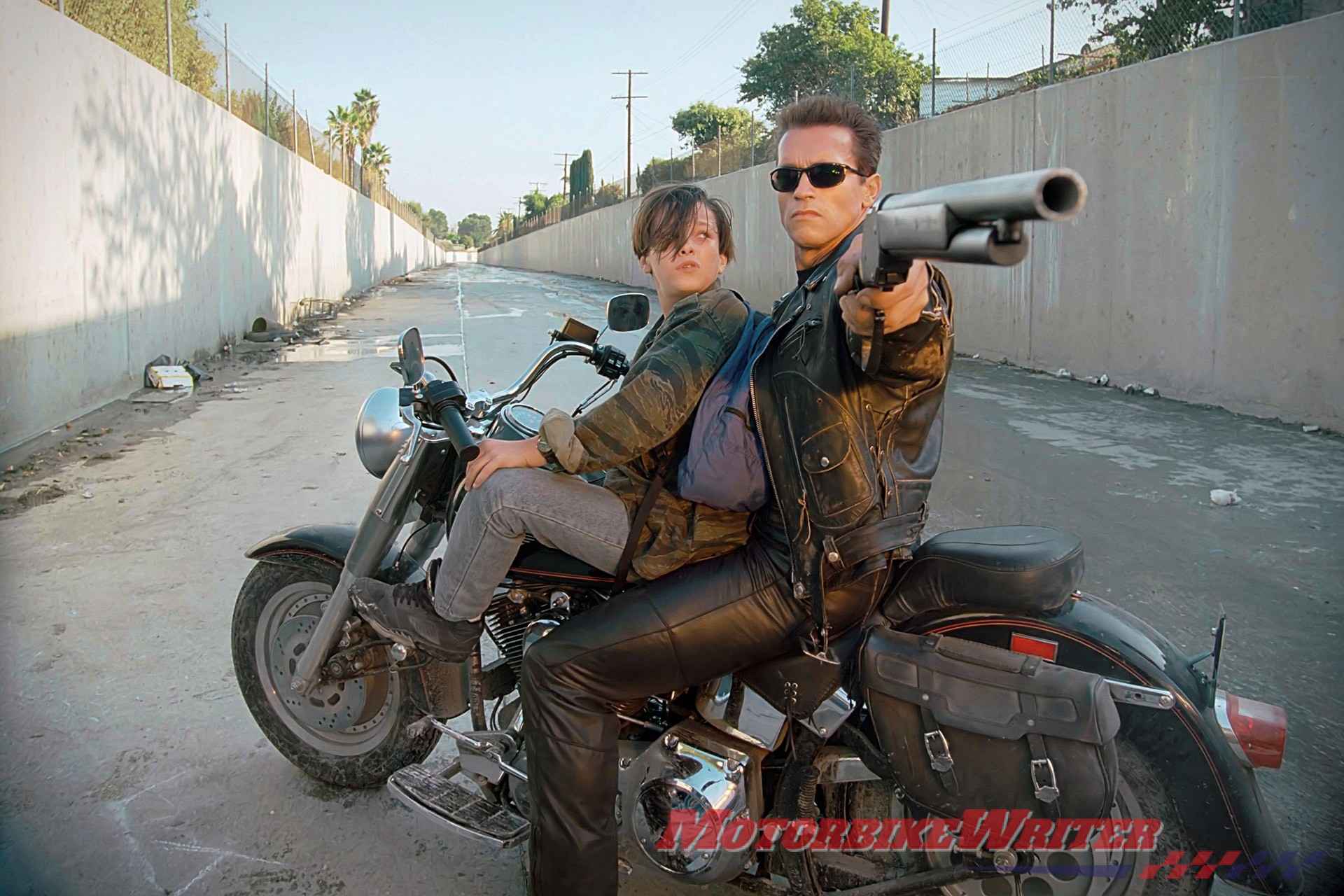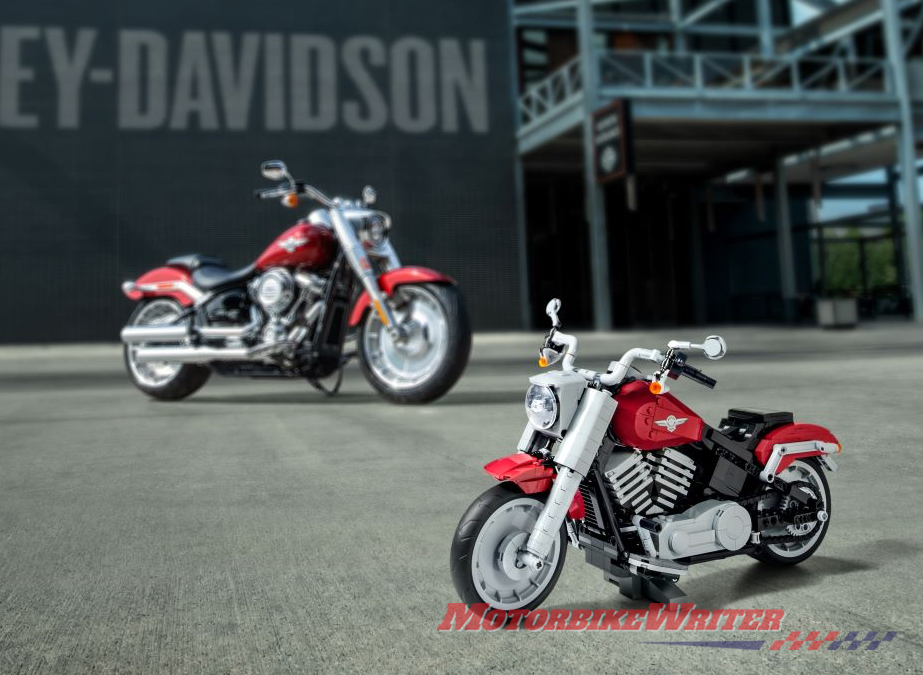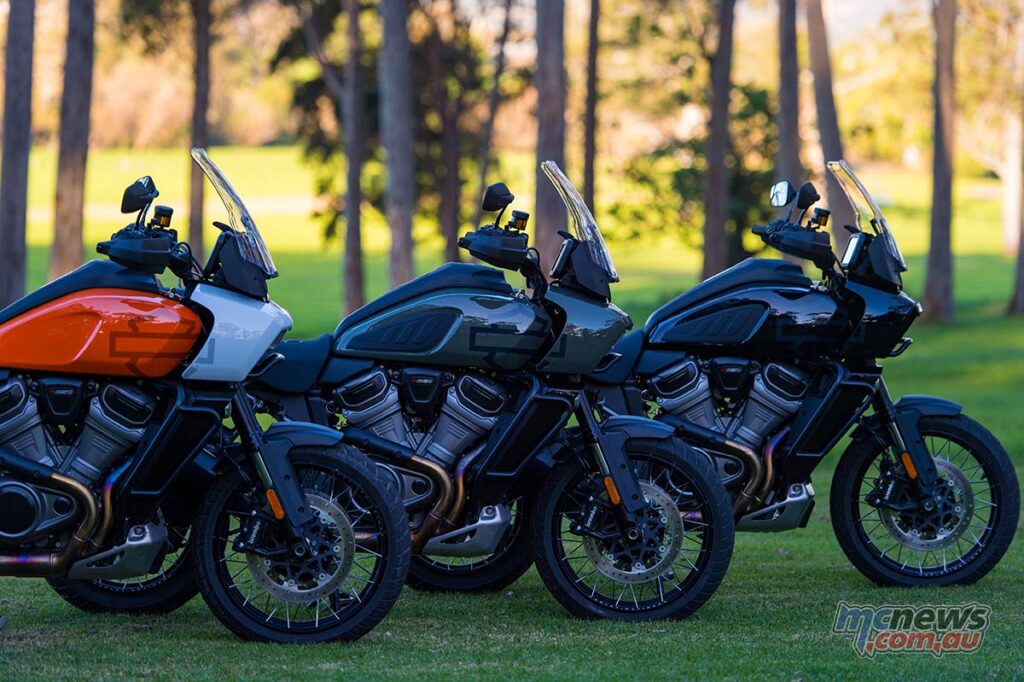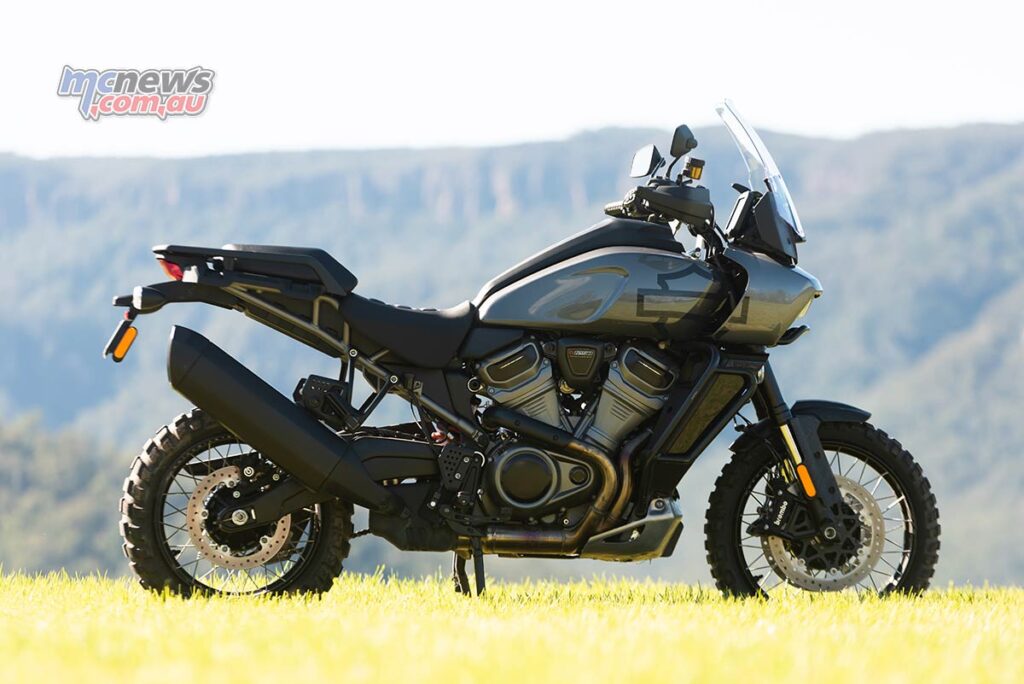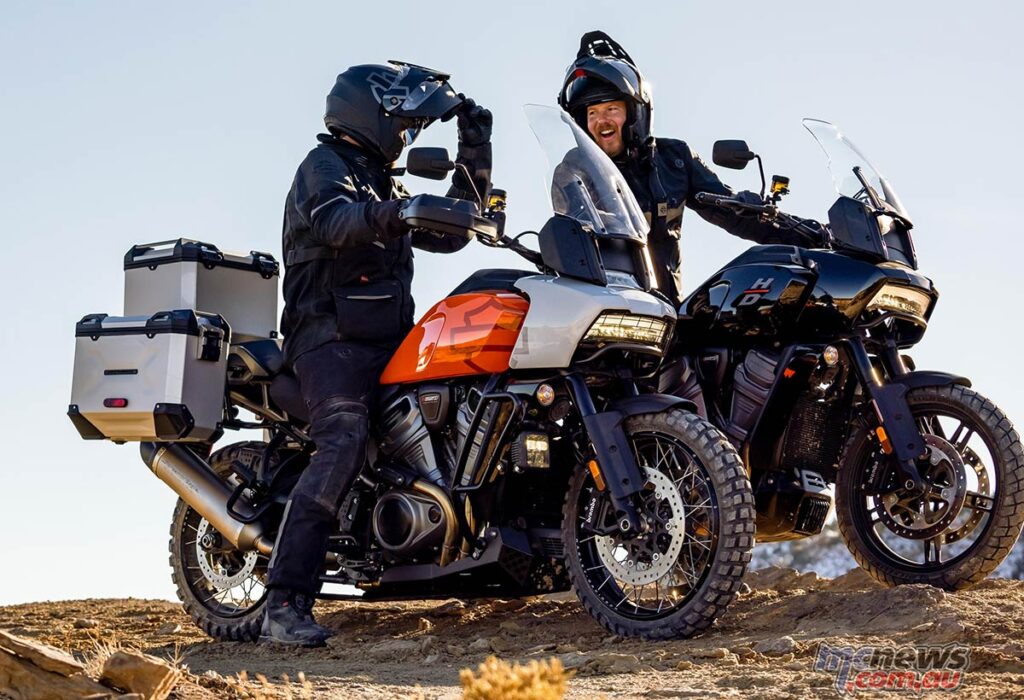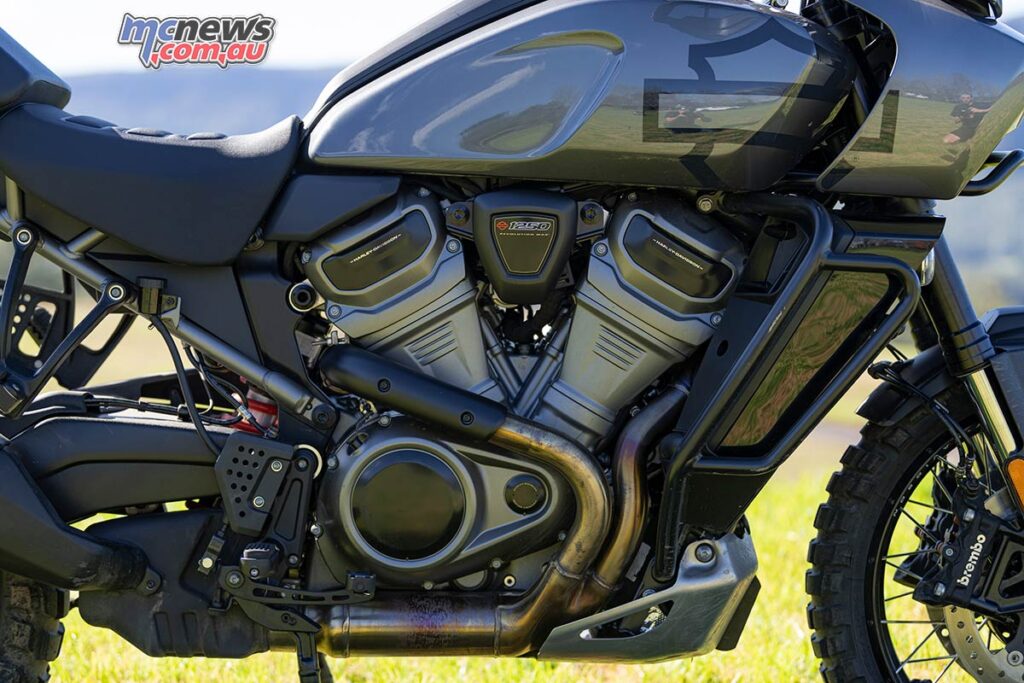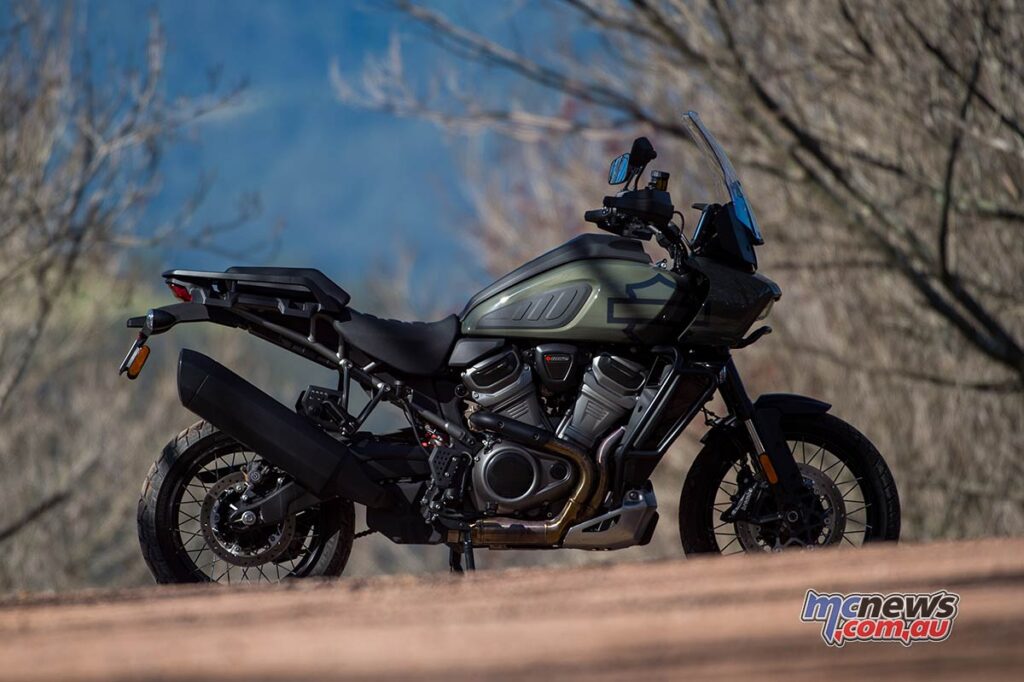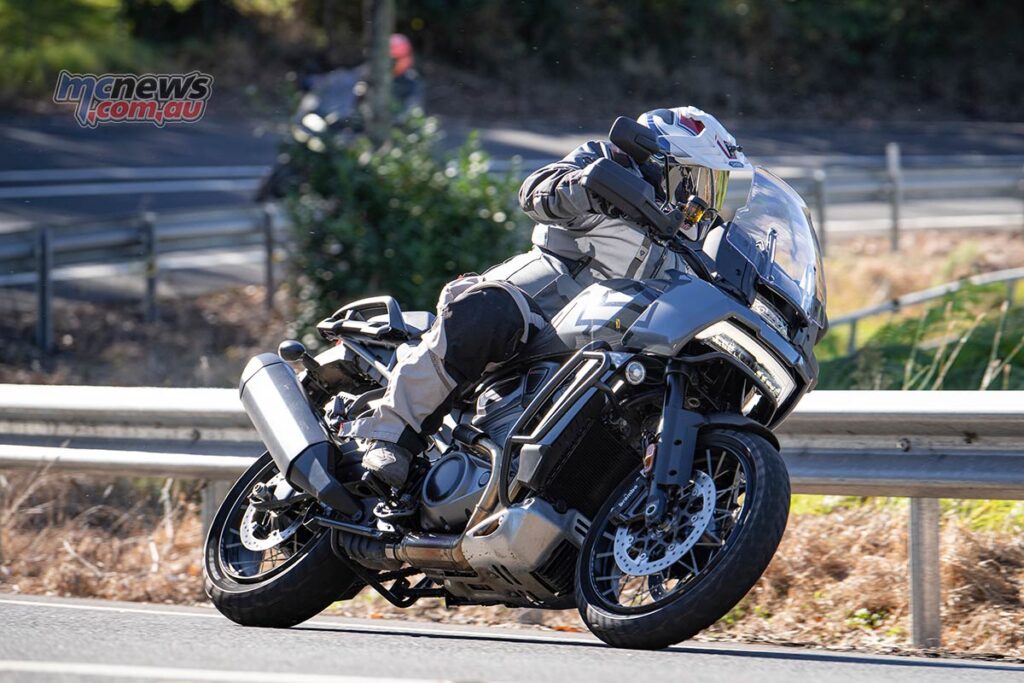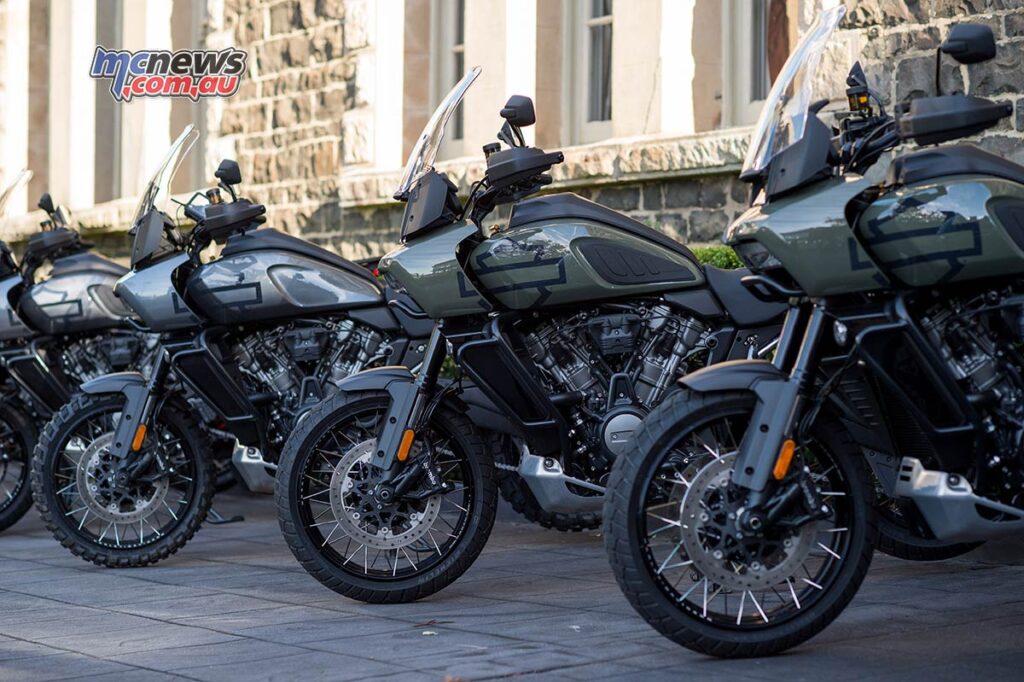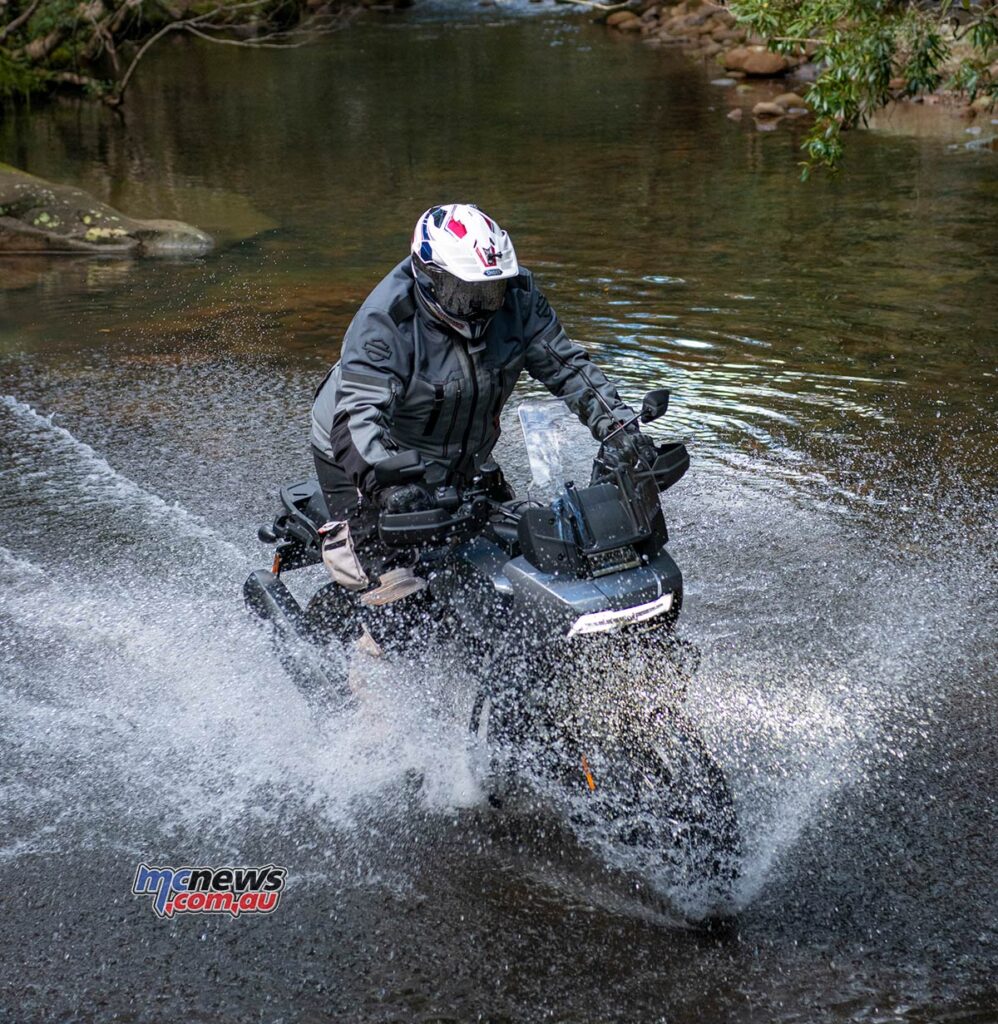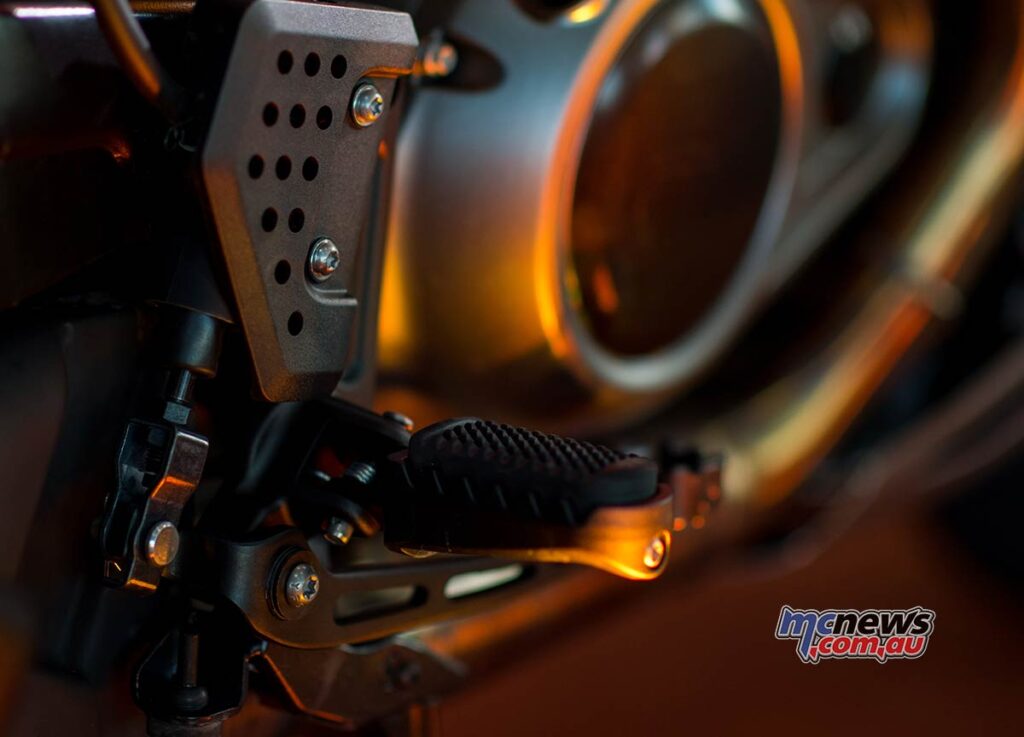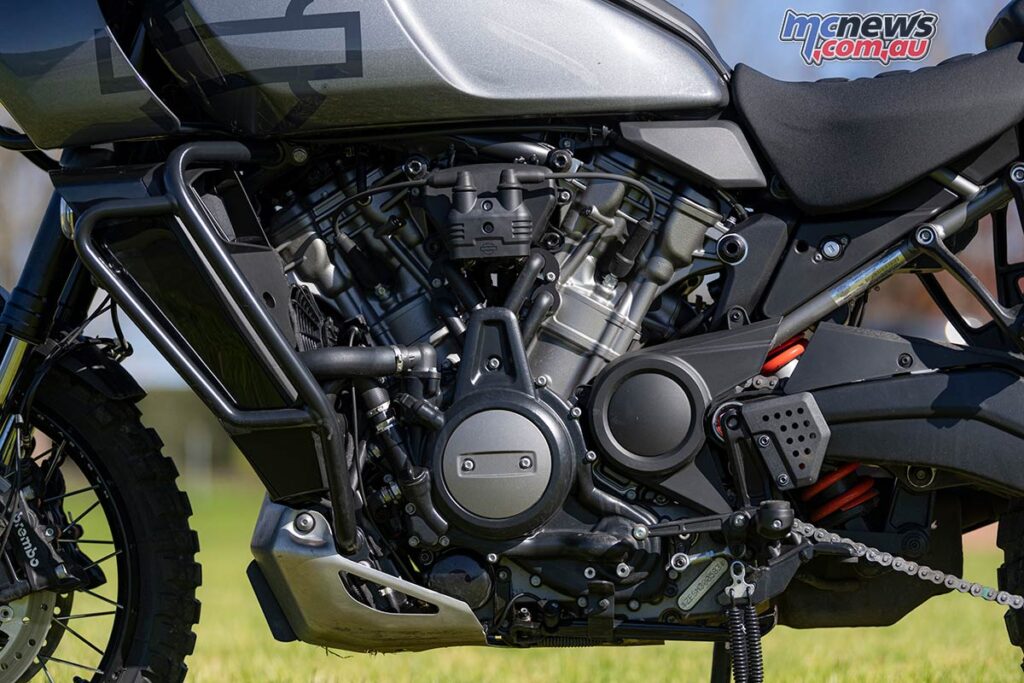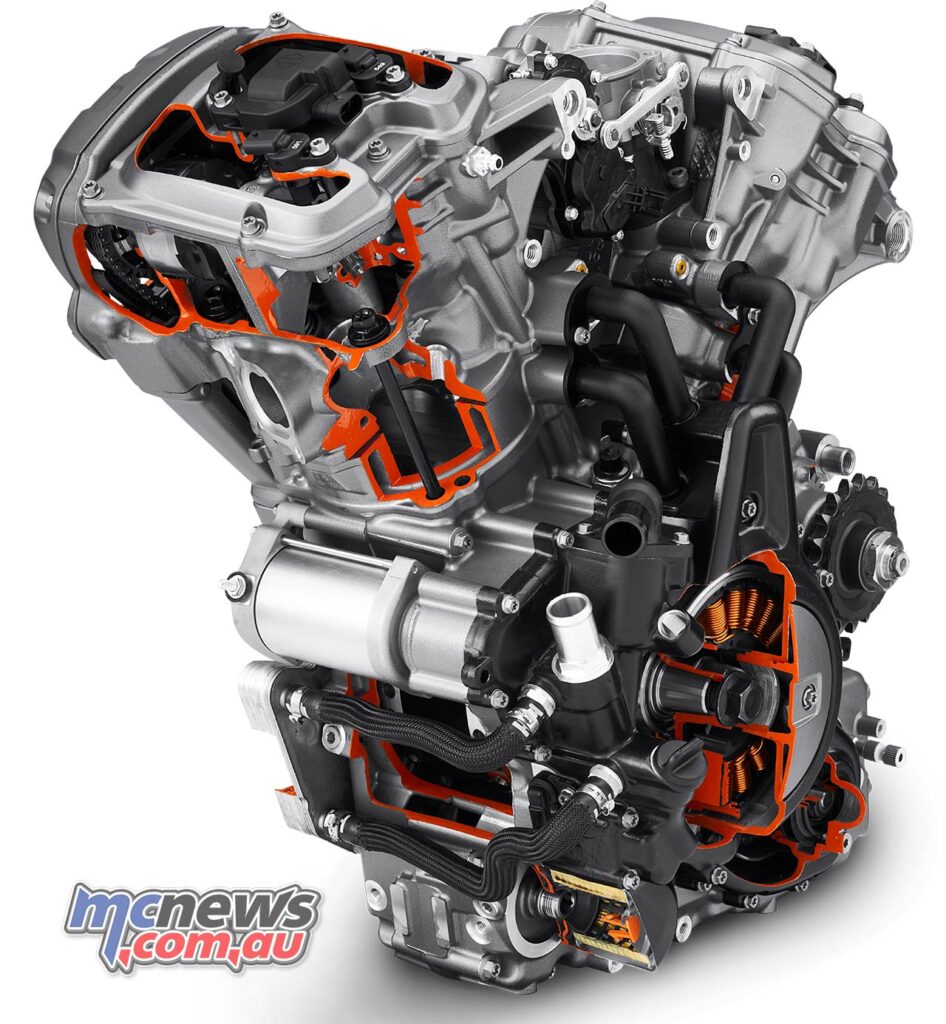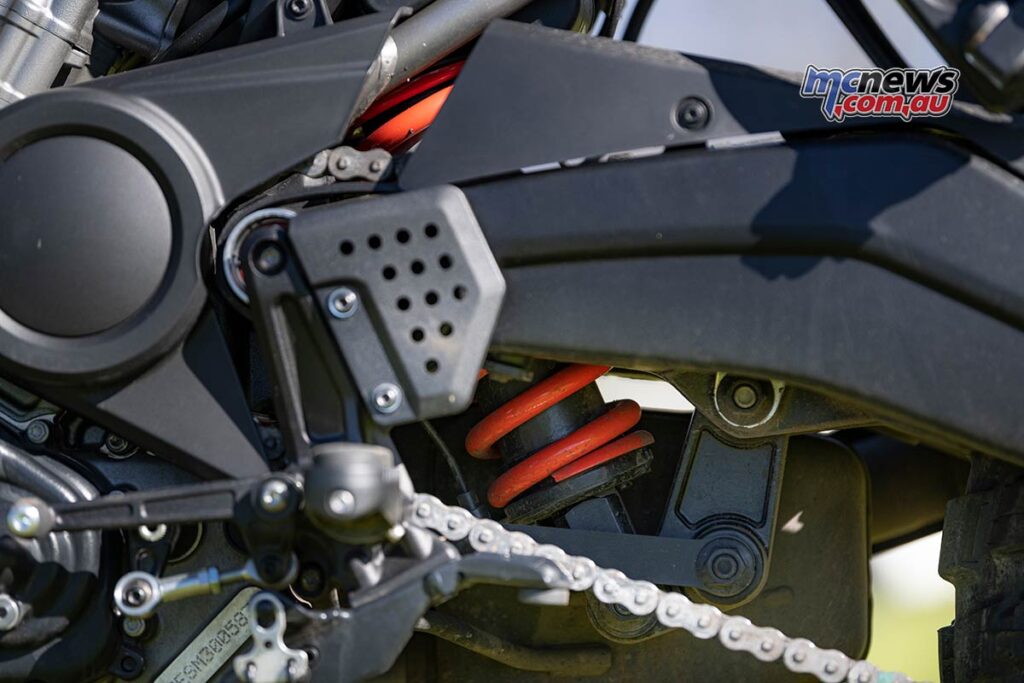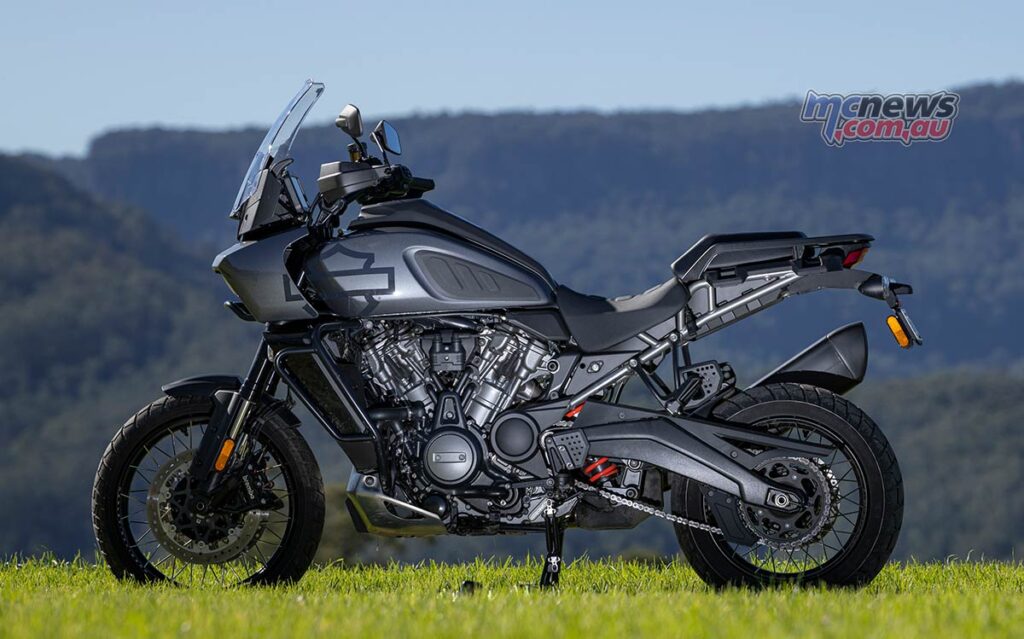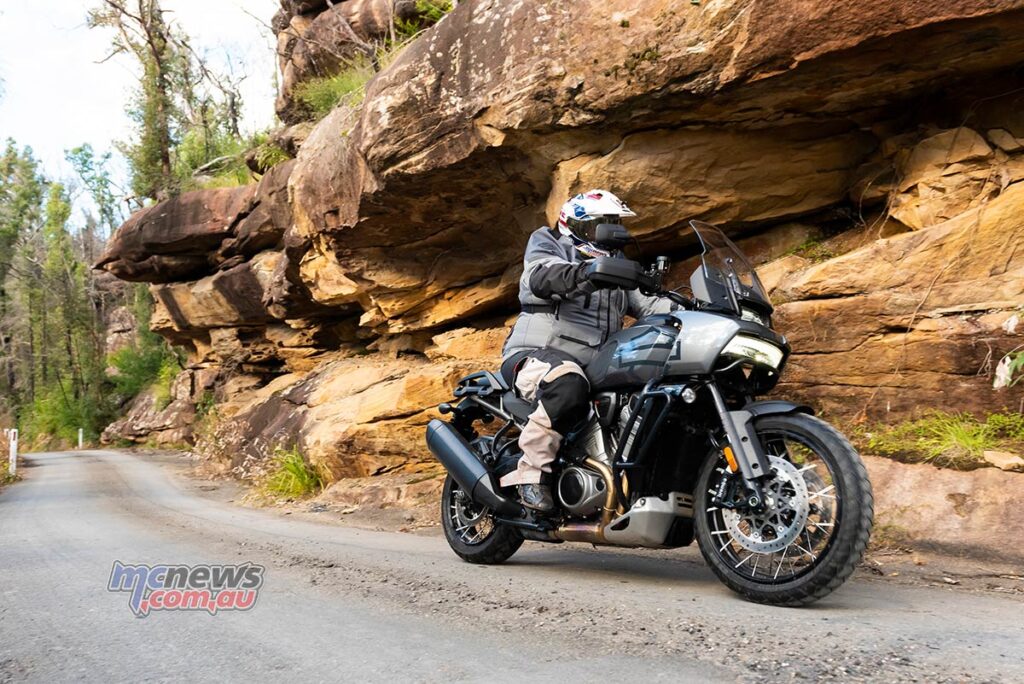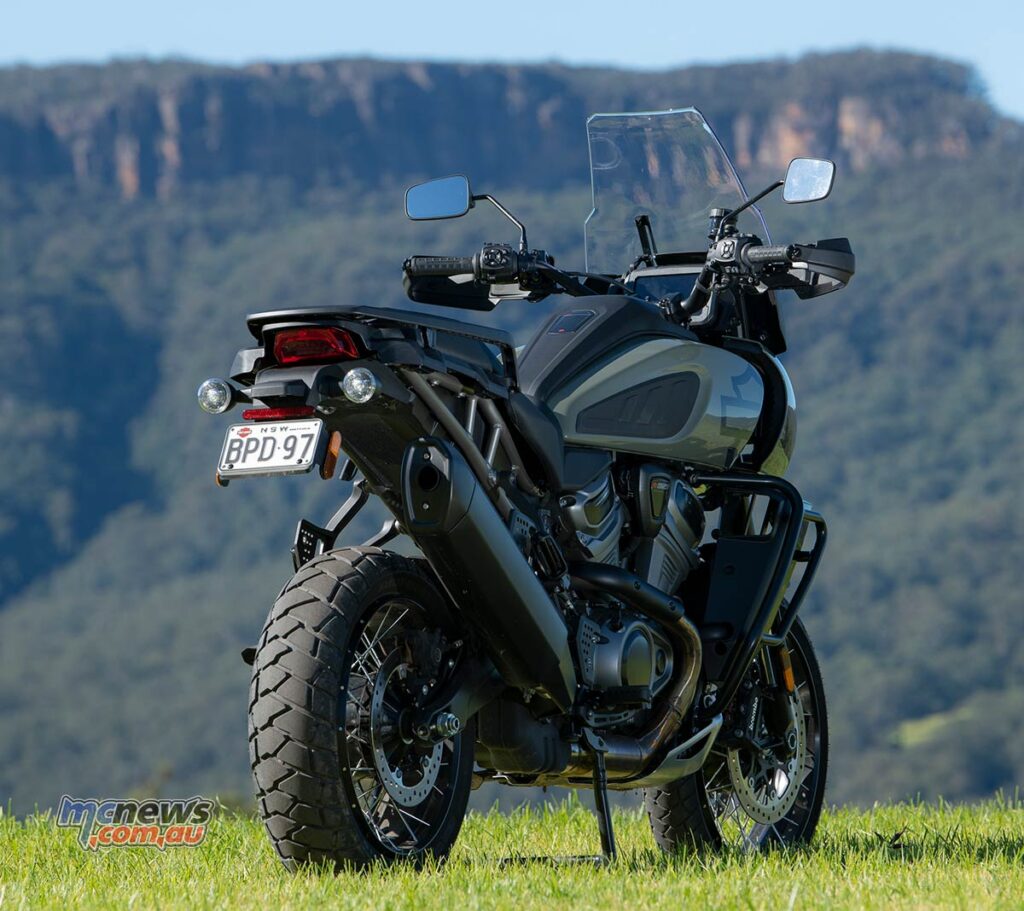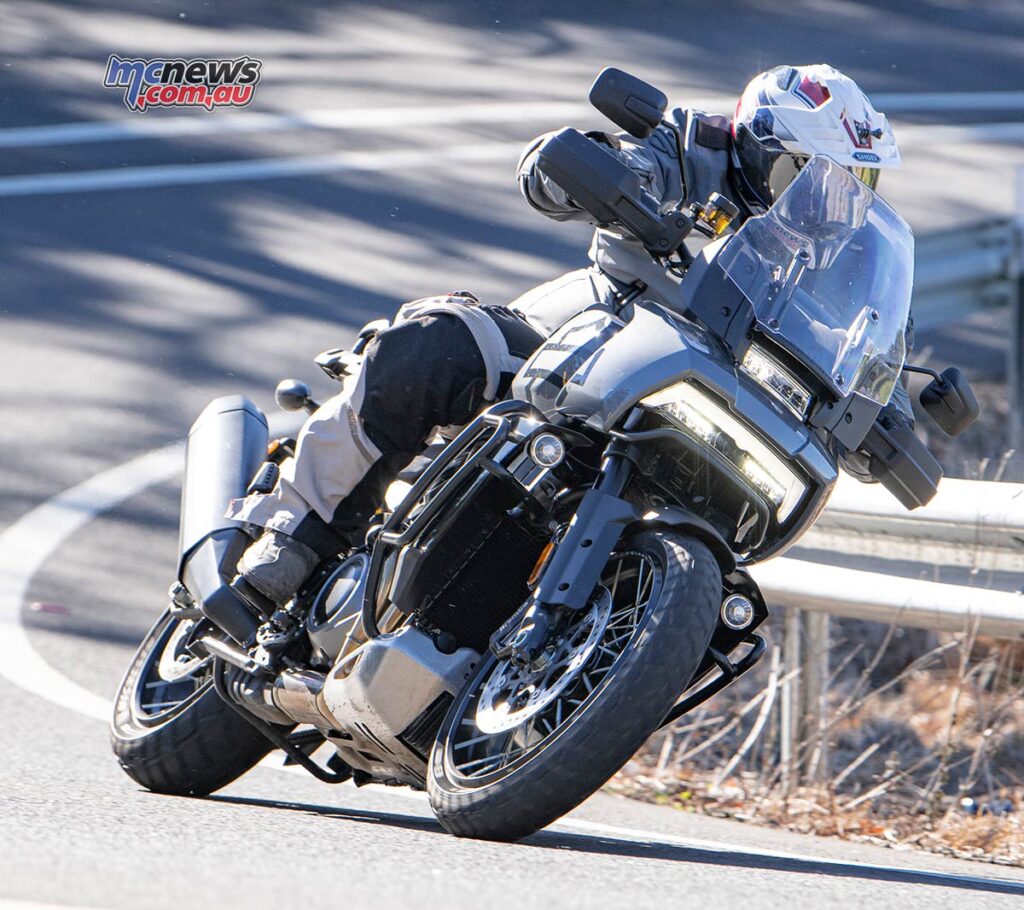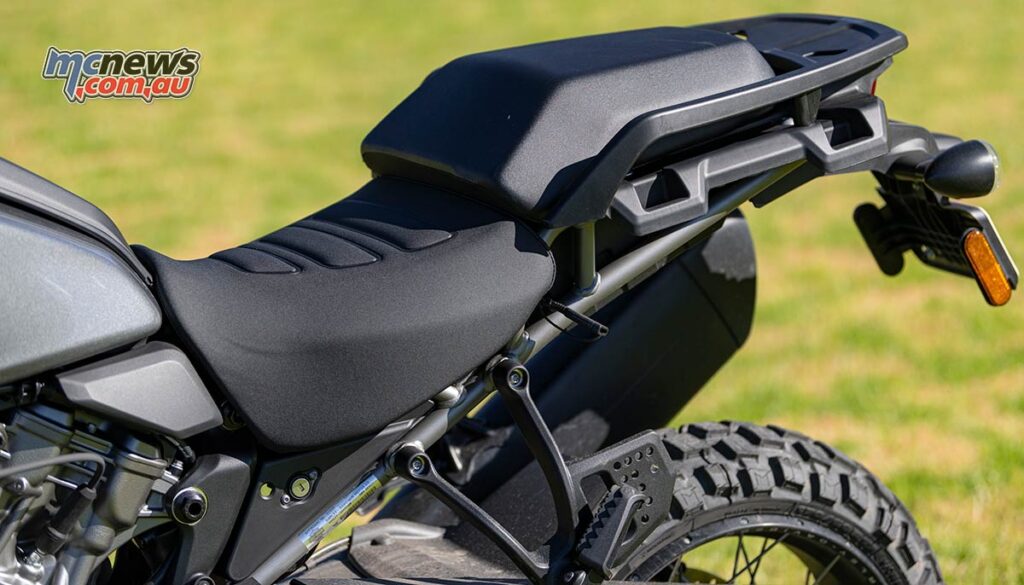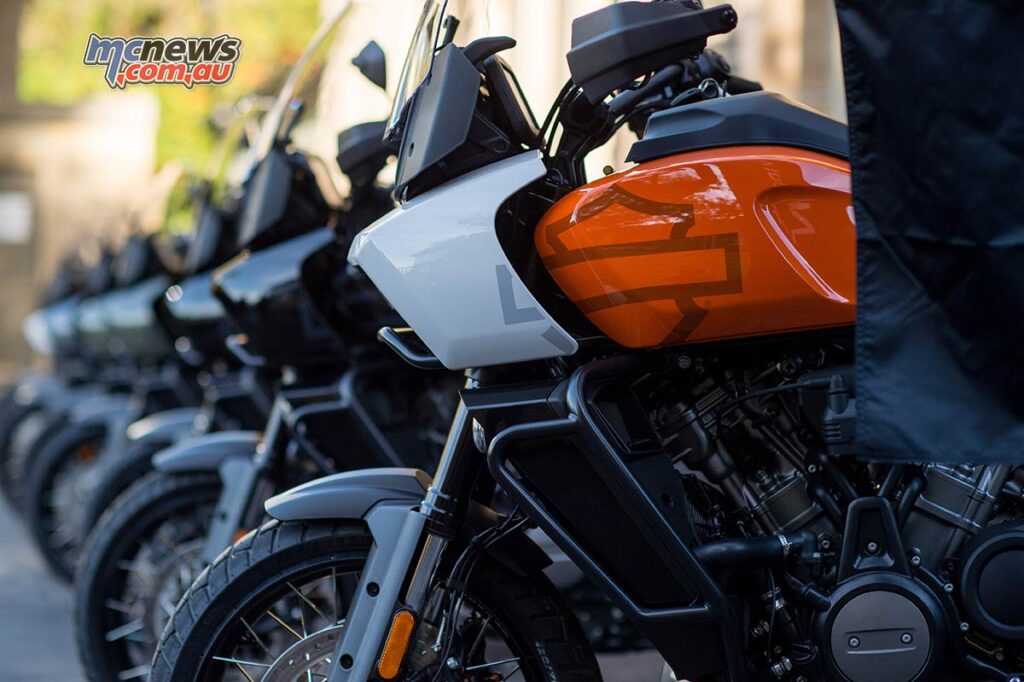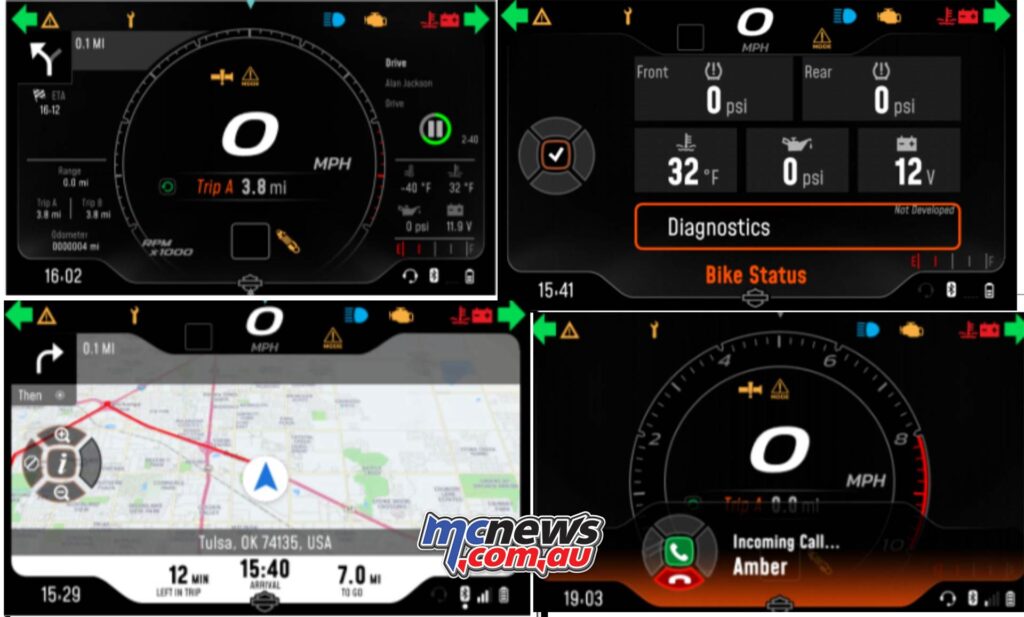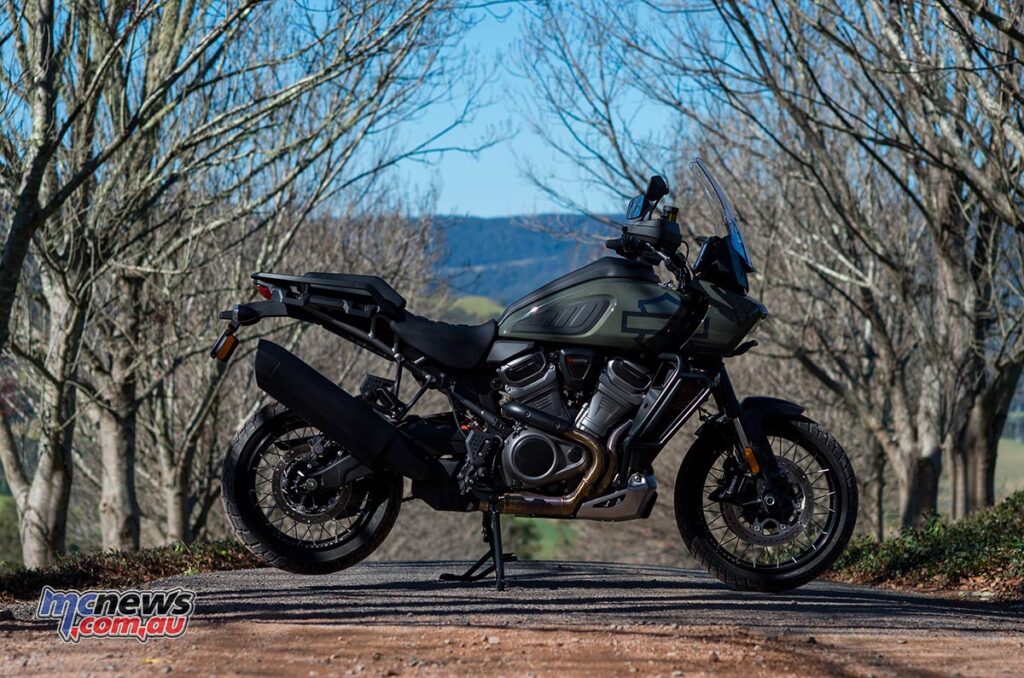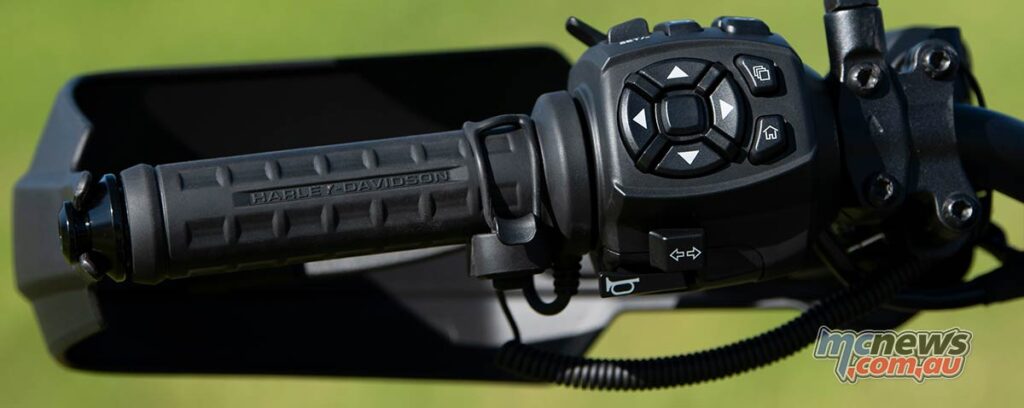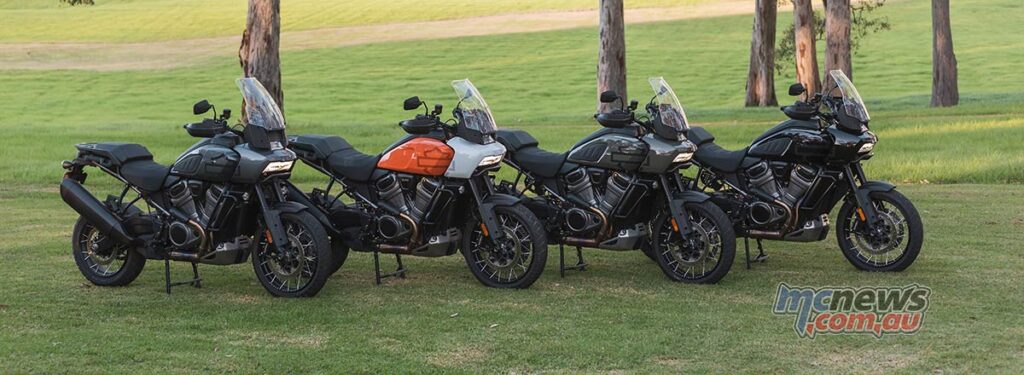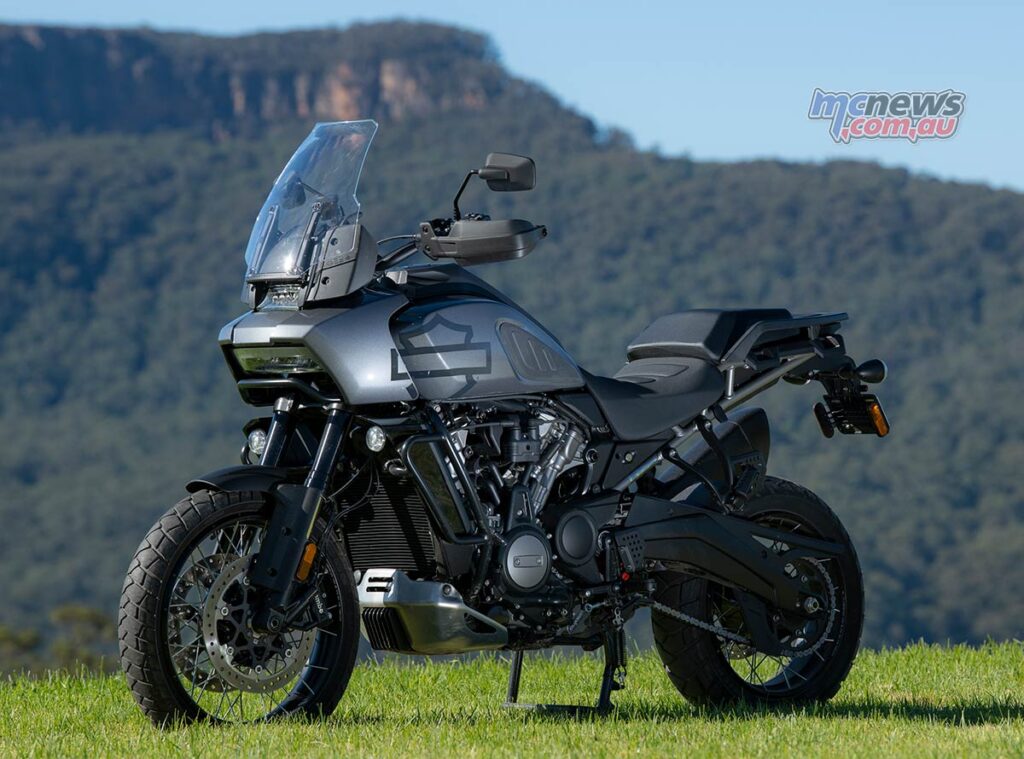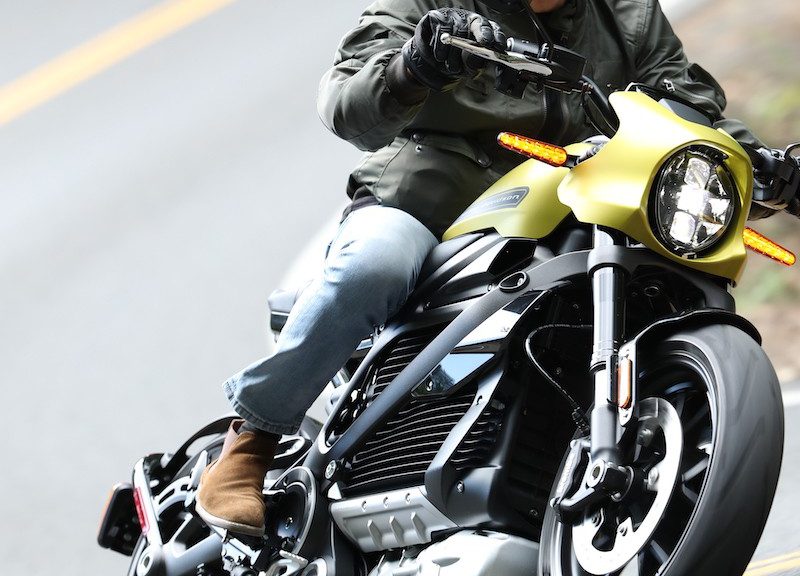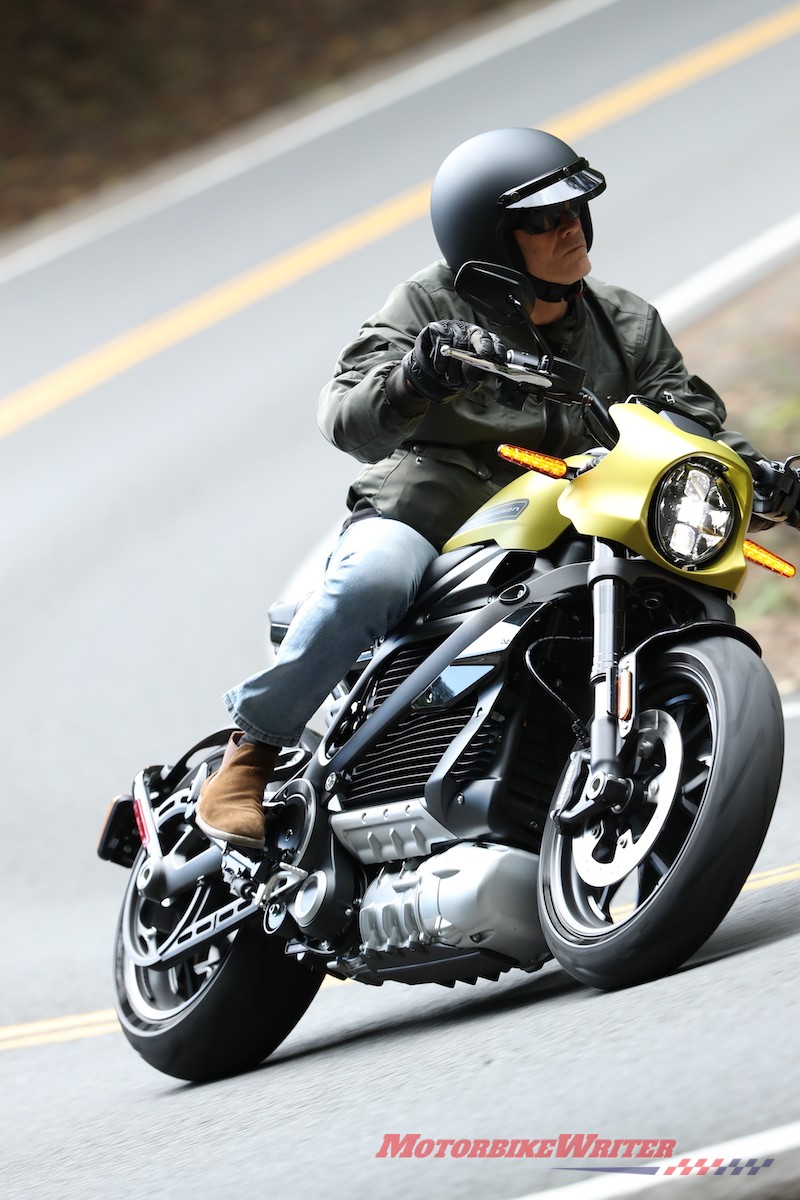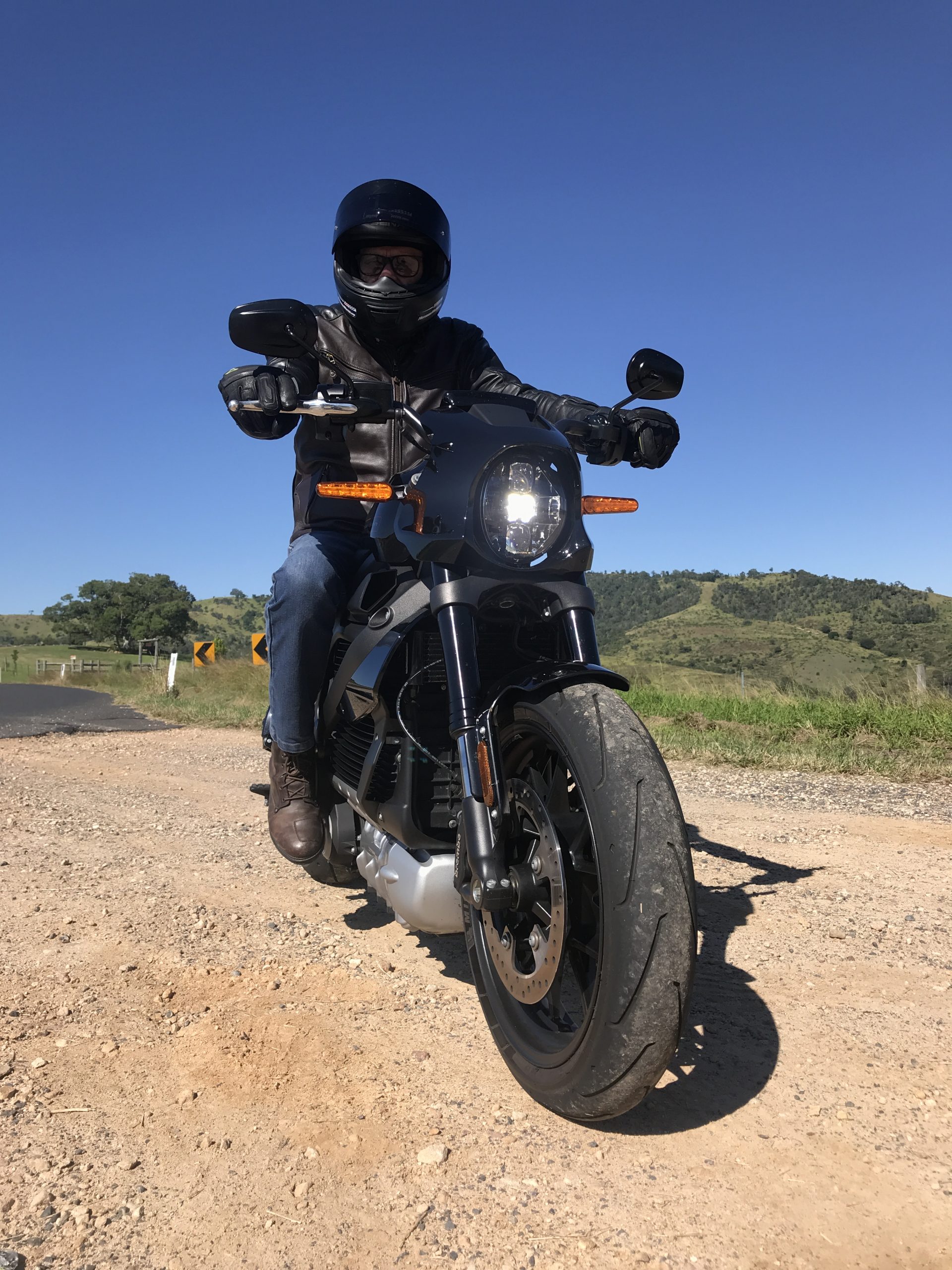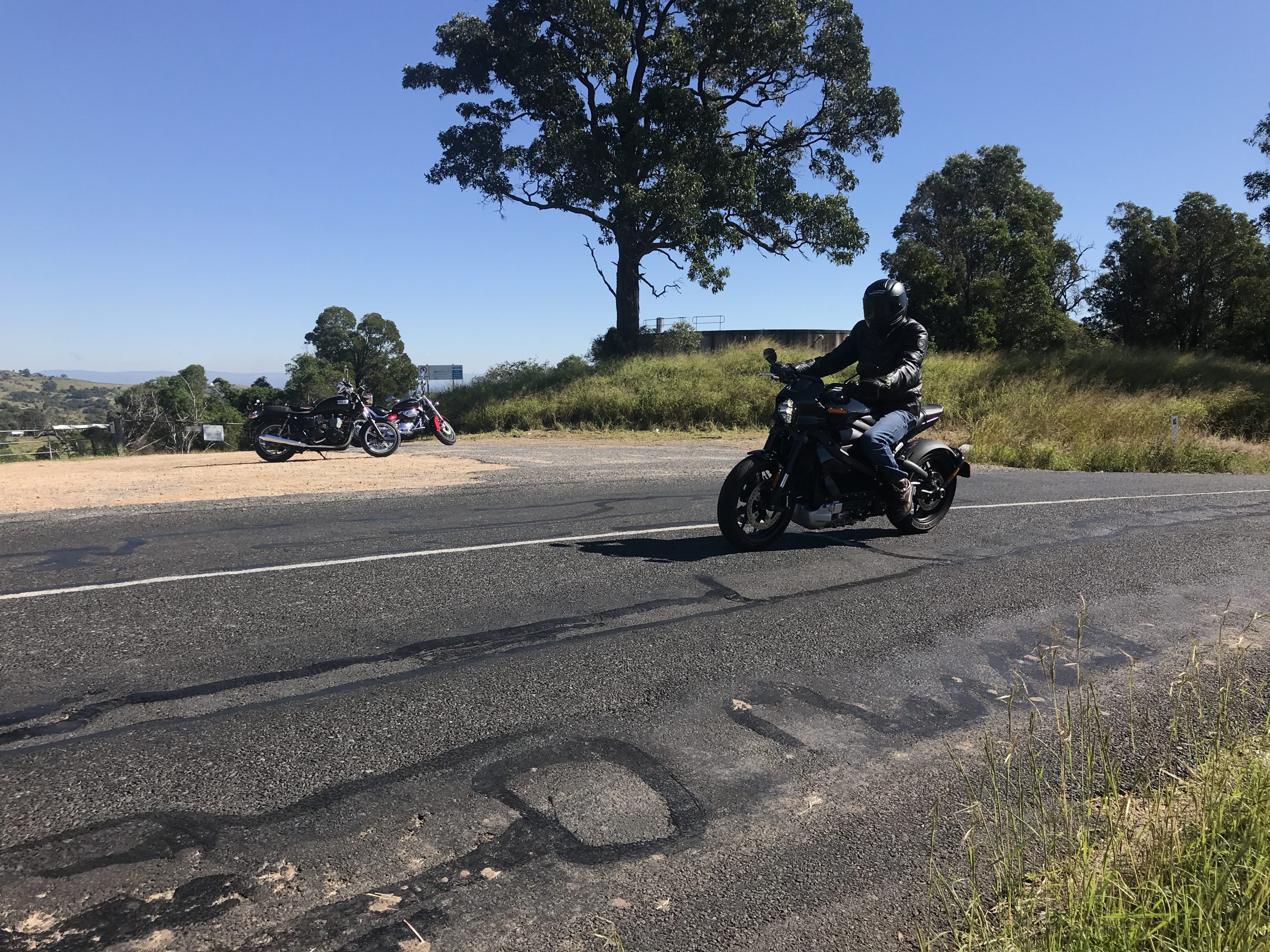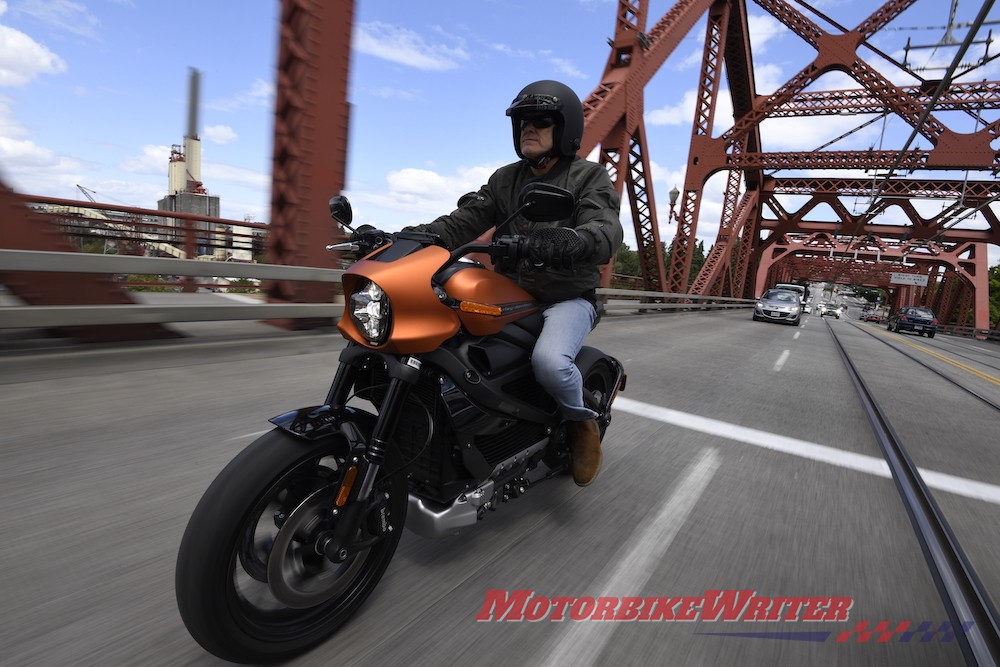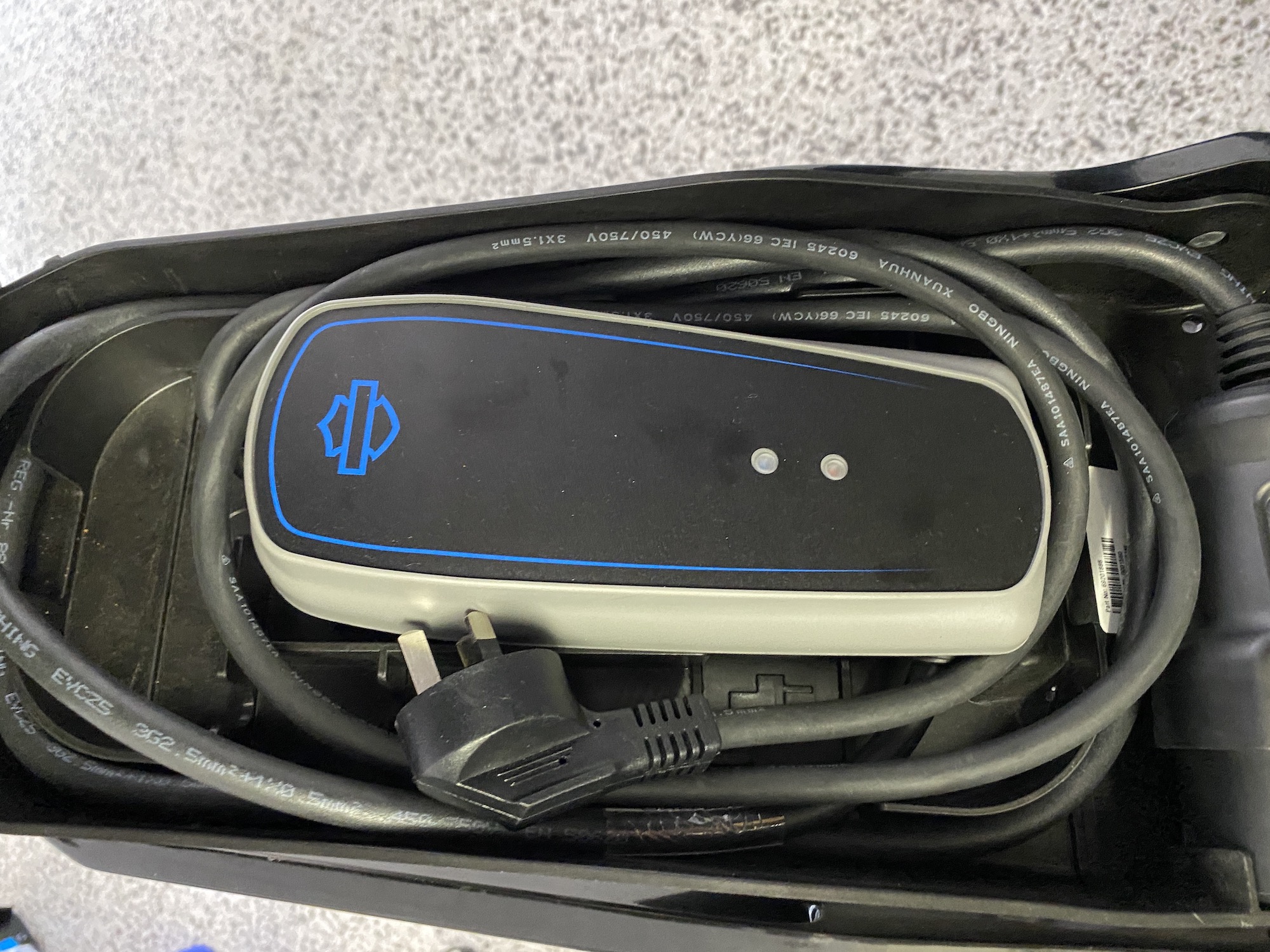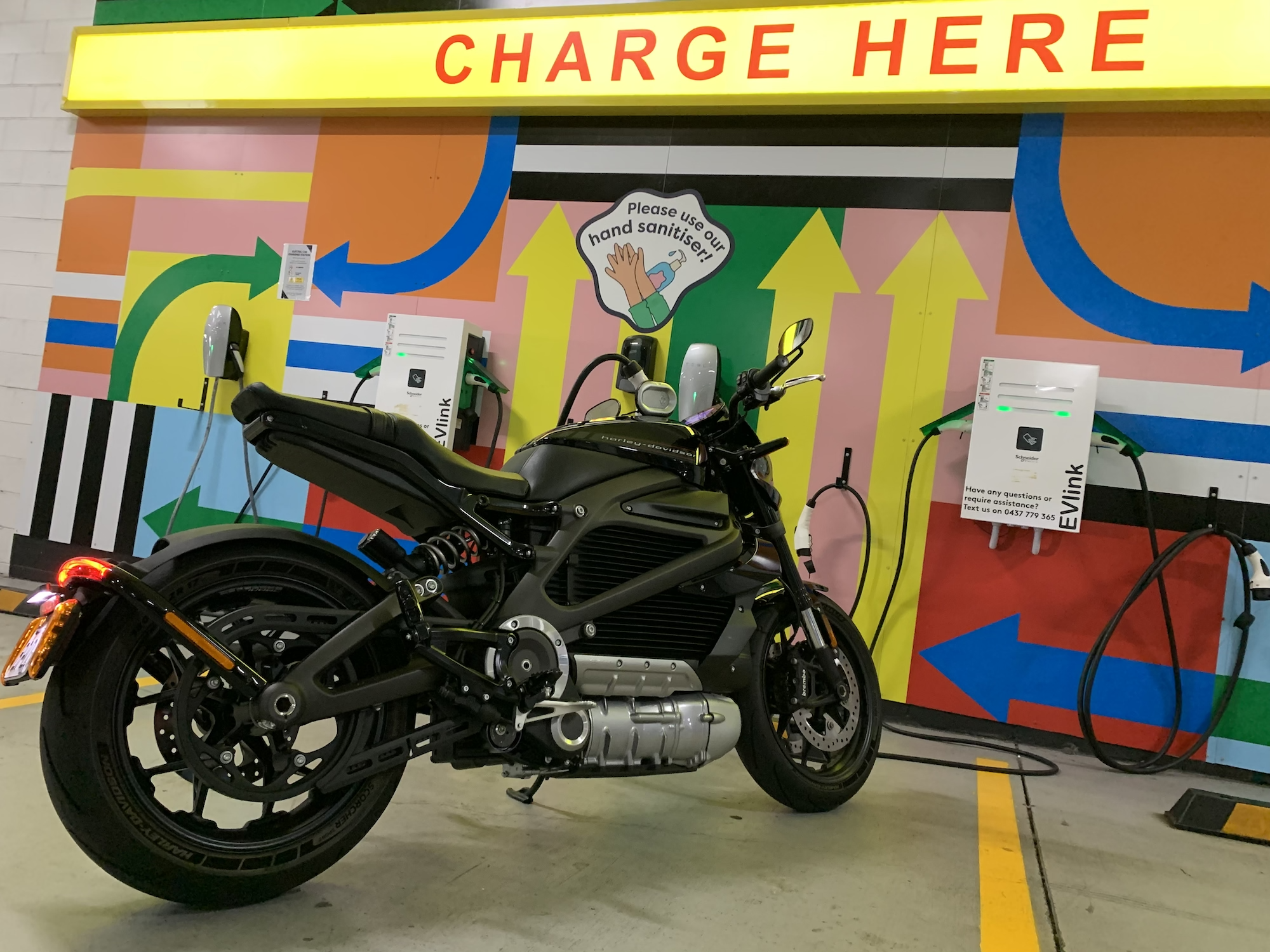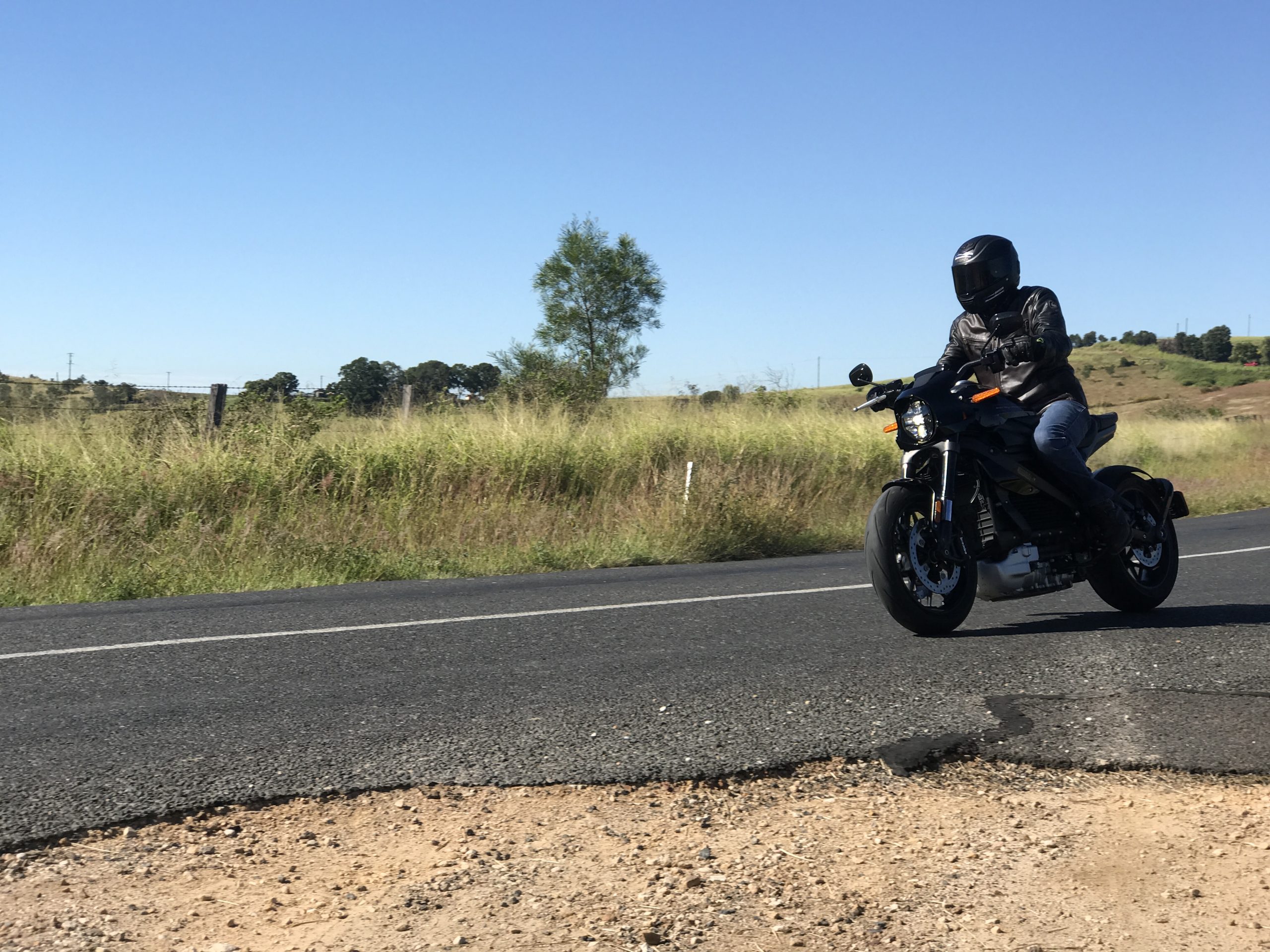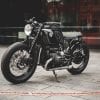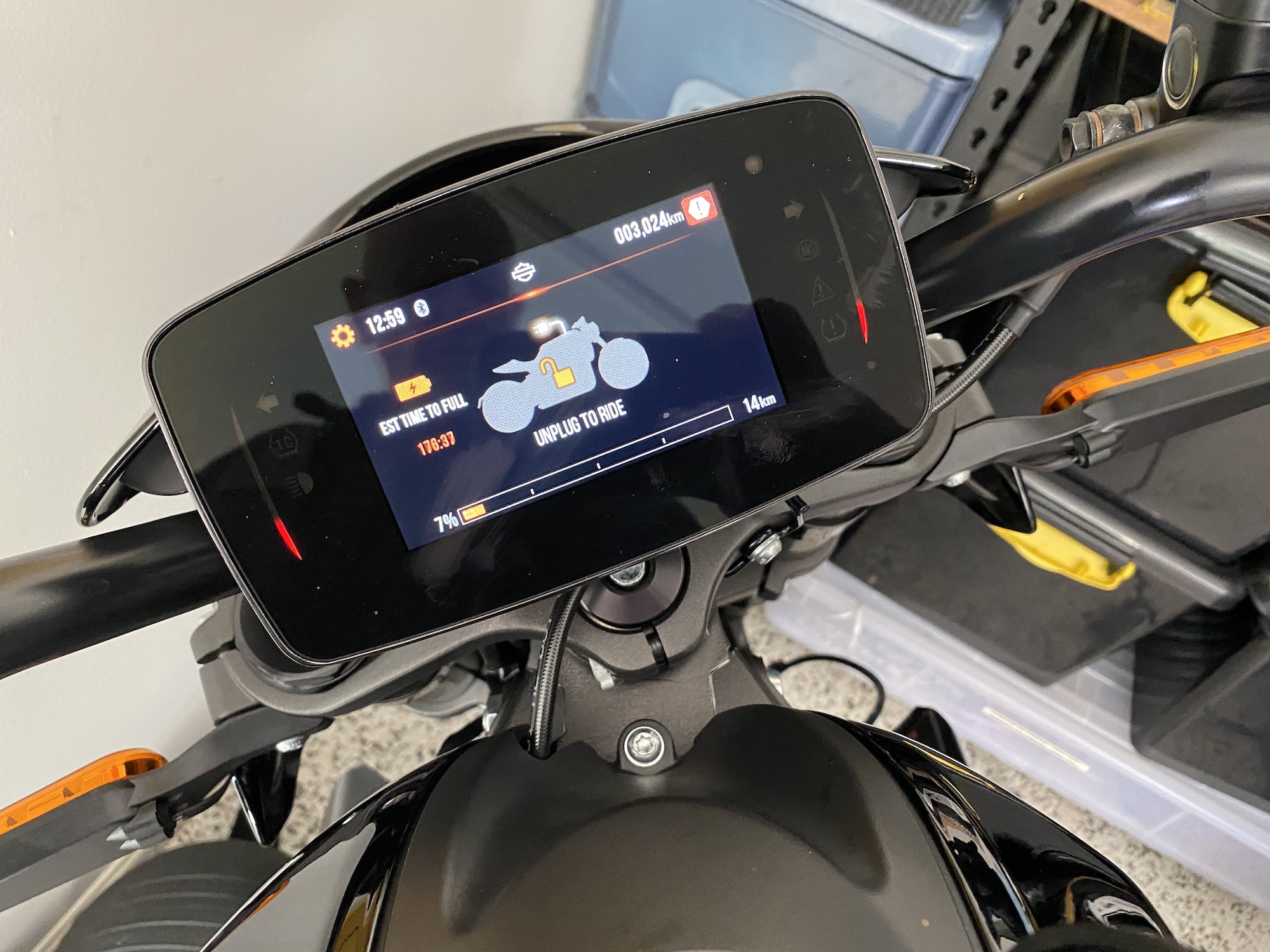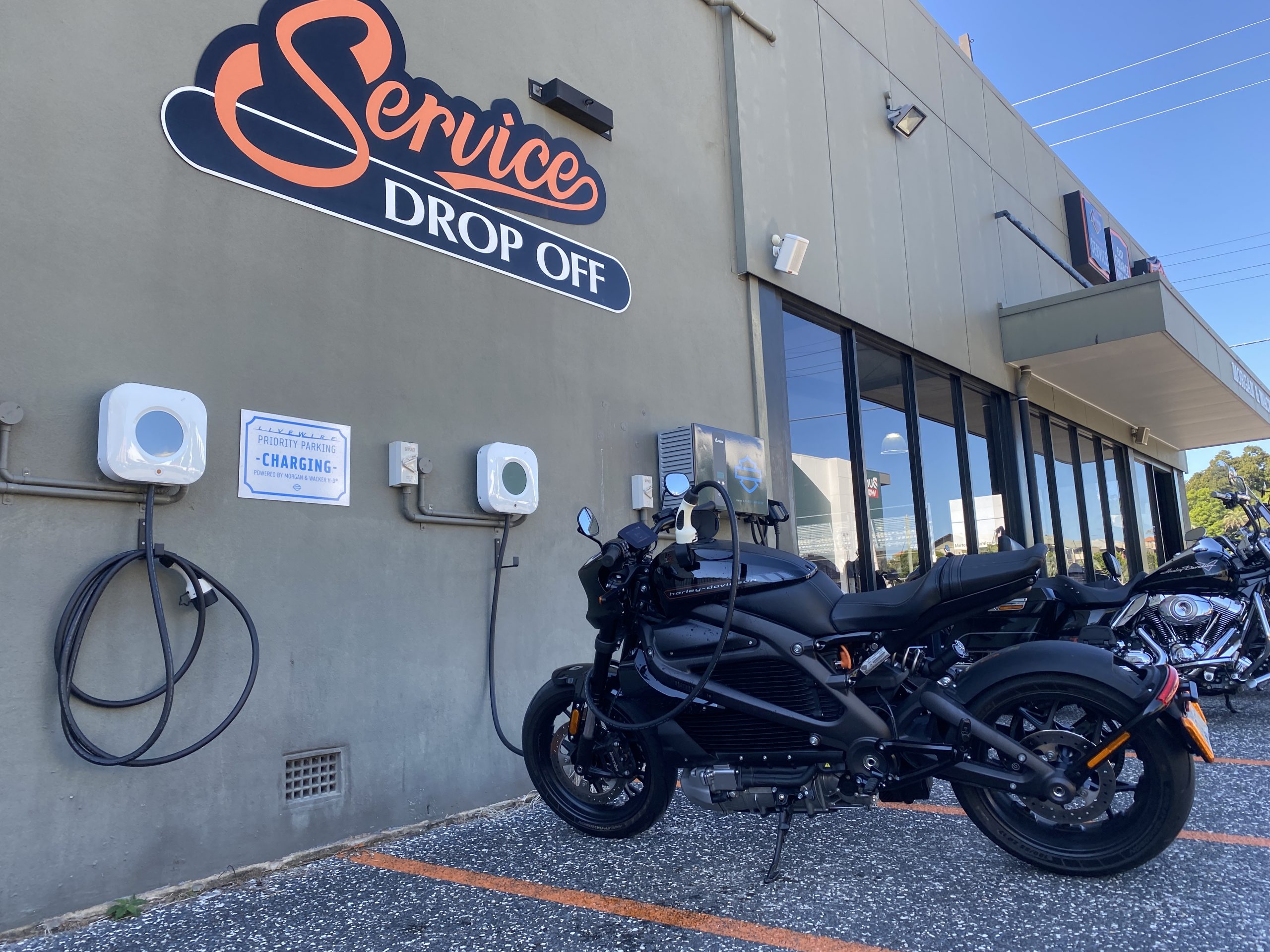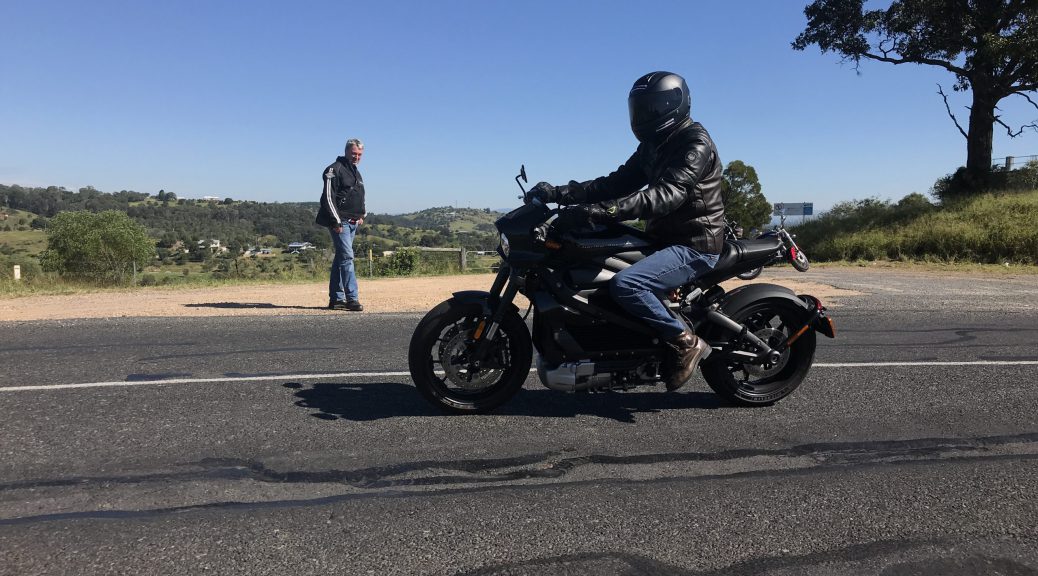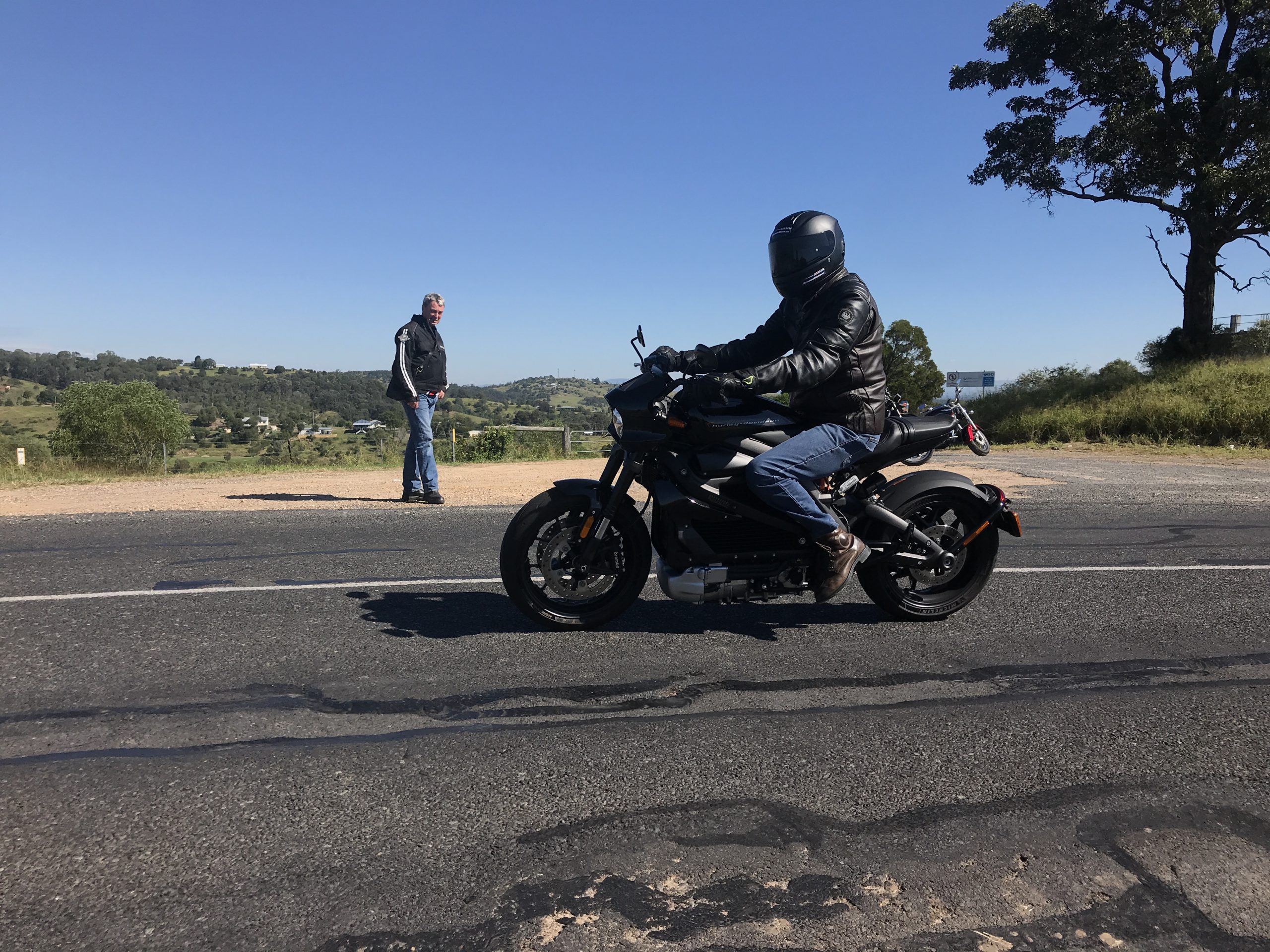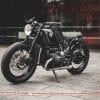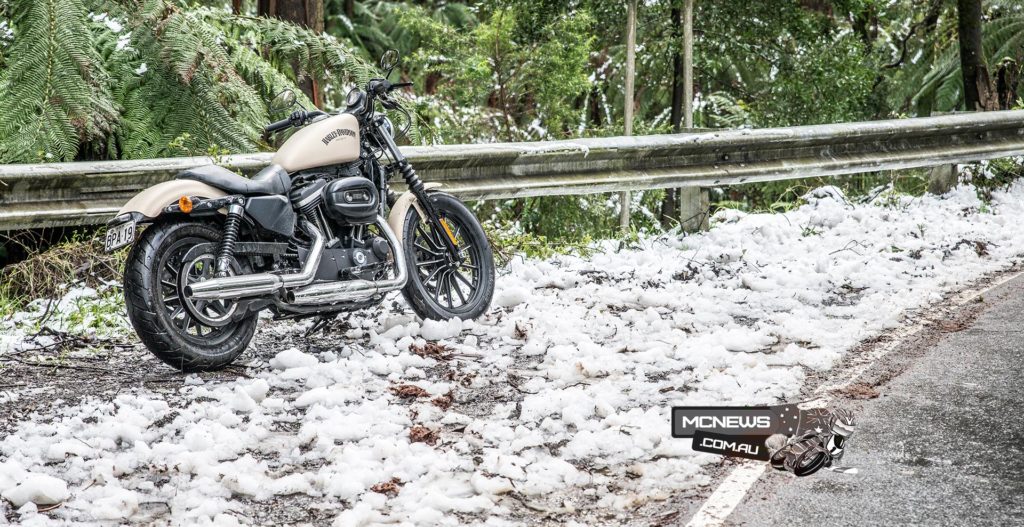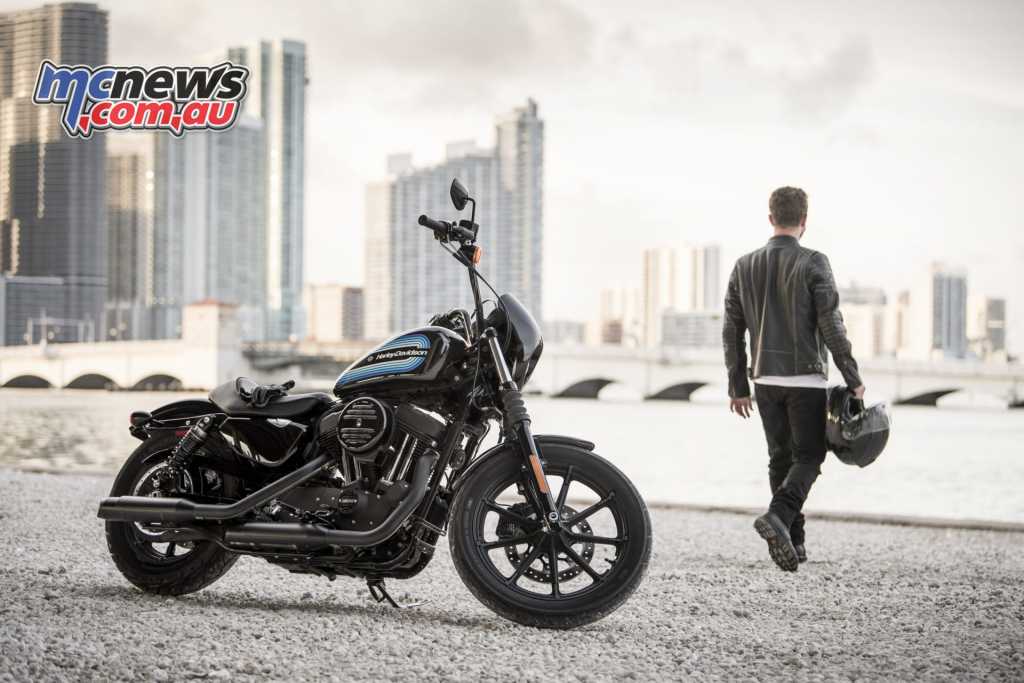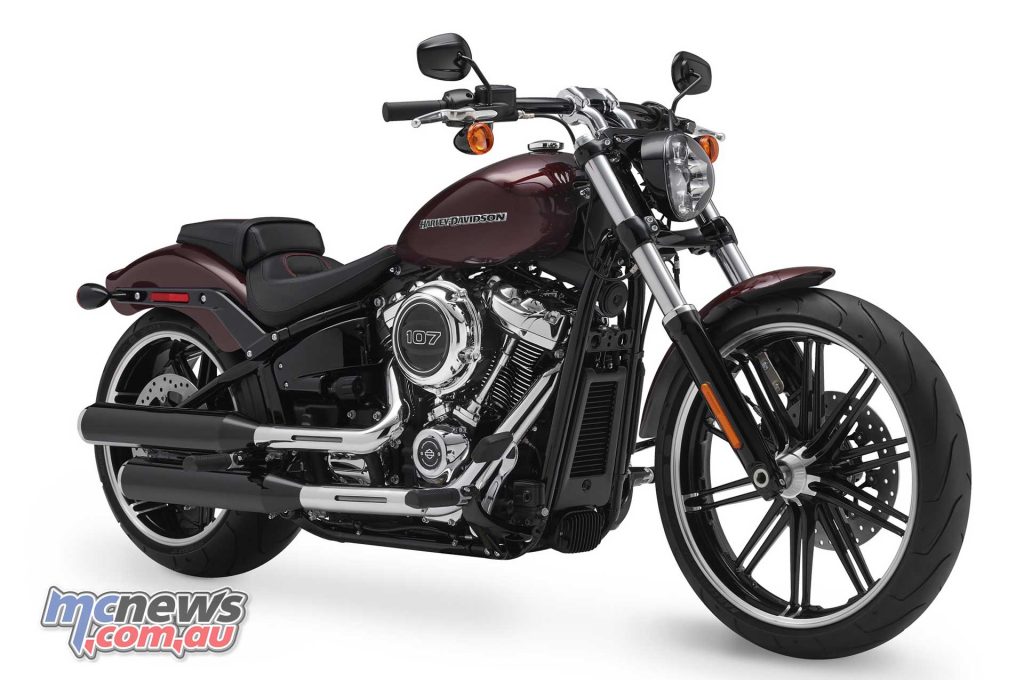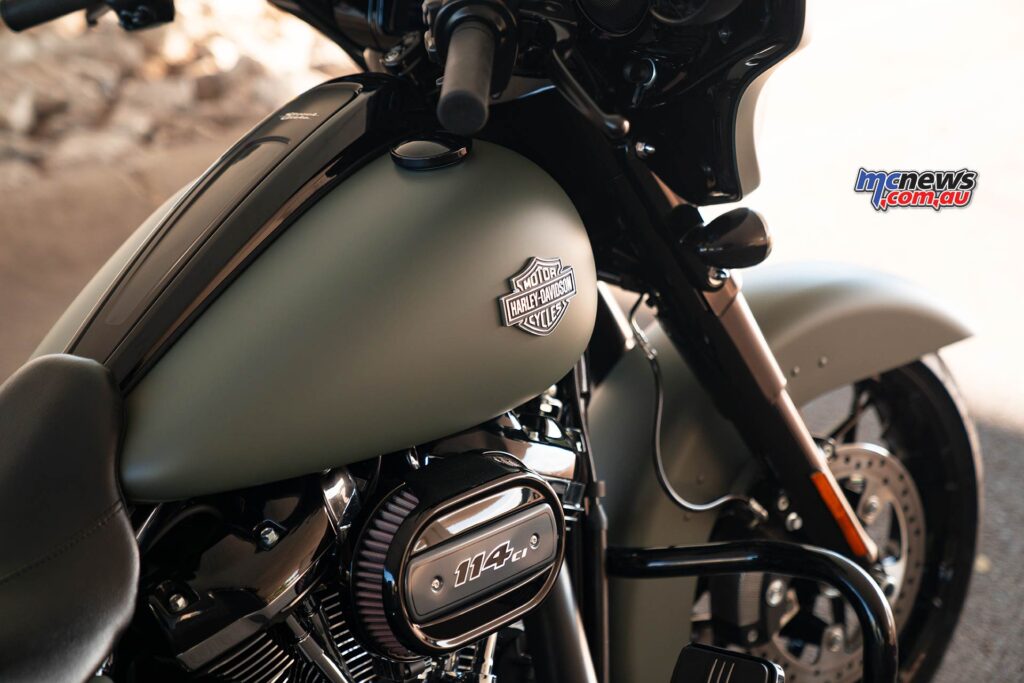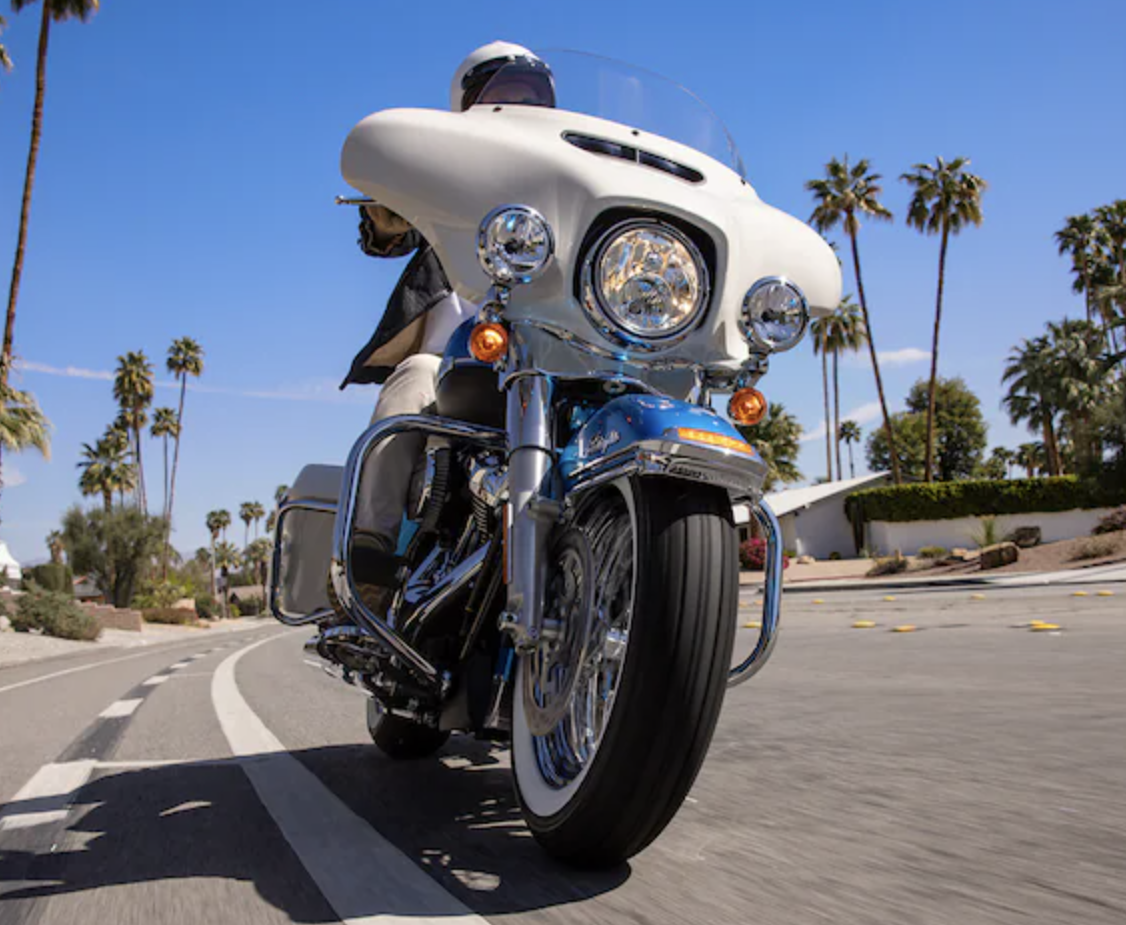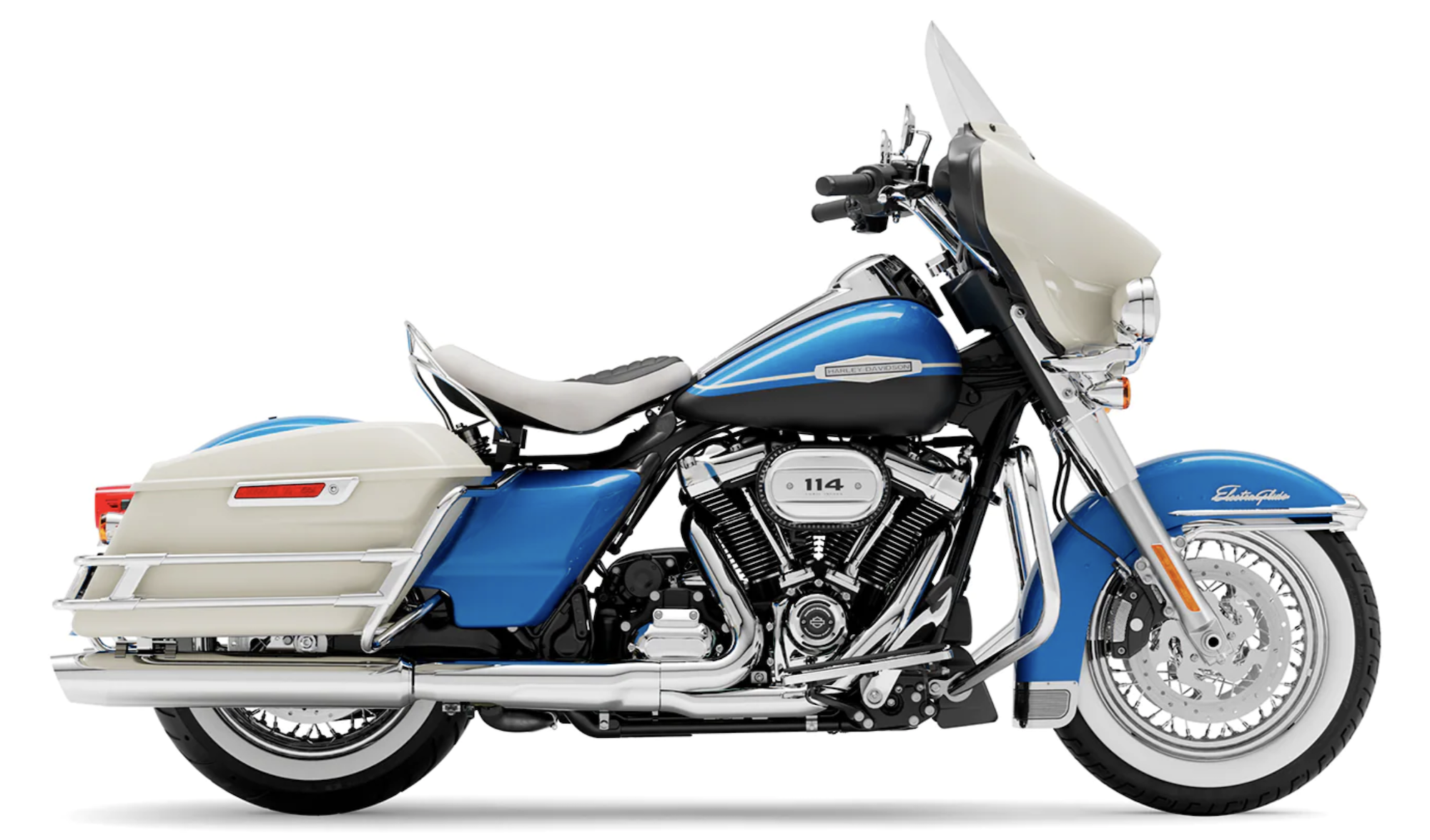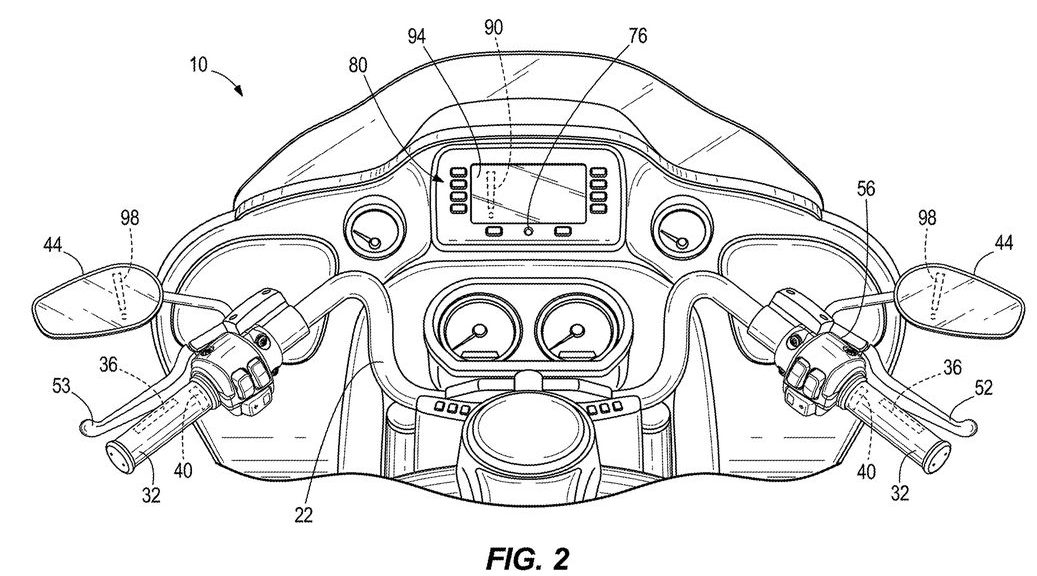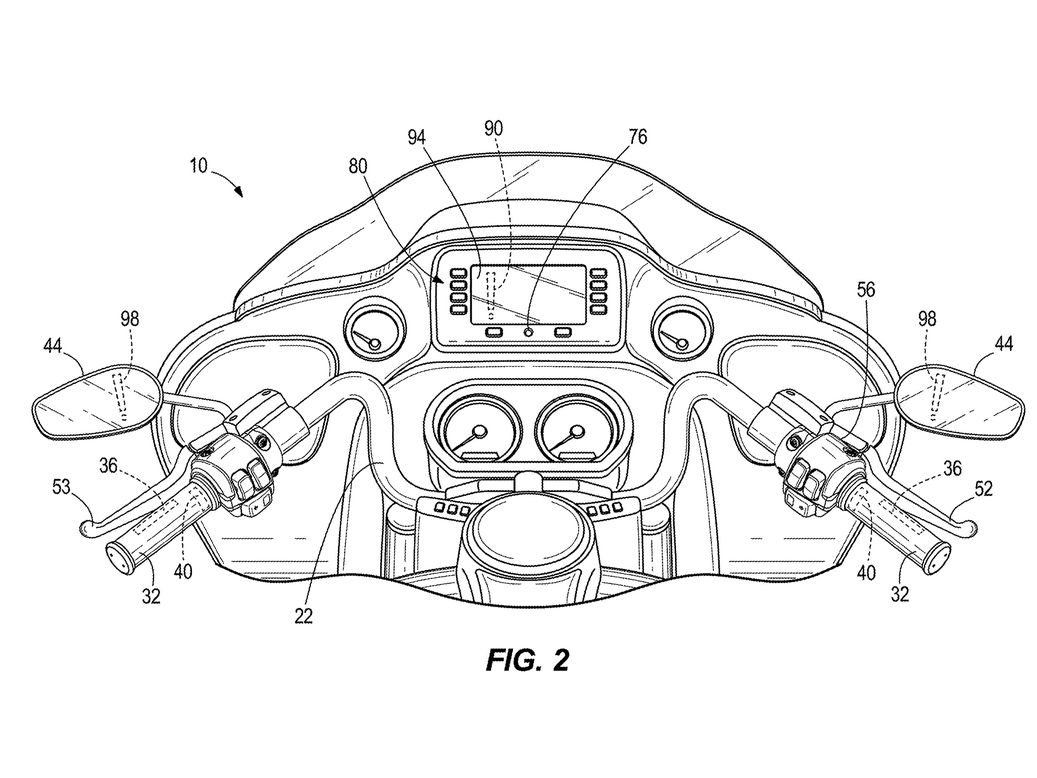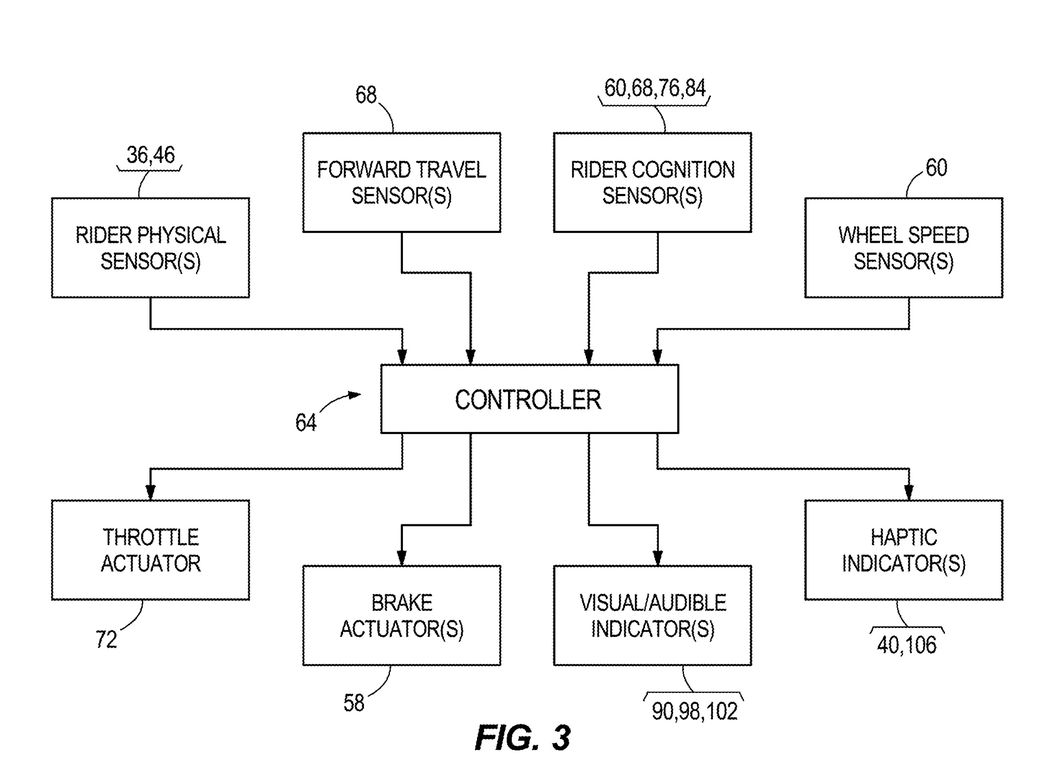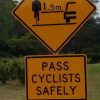2022 Harley-Davidson Sportster S
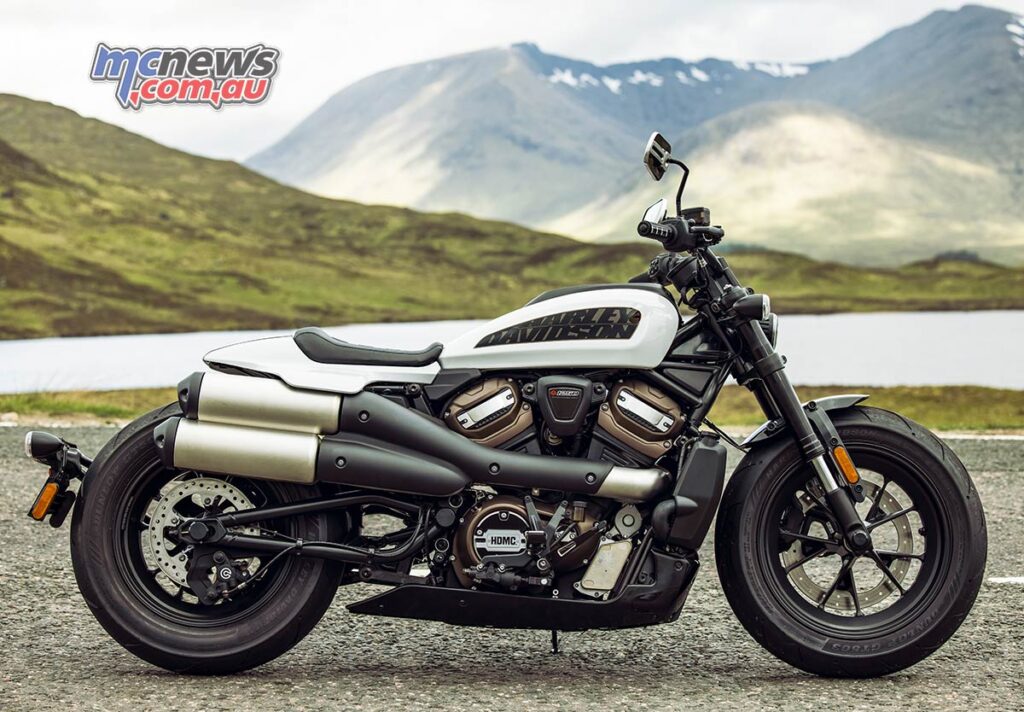
Harley’s Sportster was once the entry point into the world of the Bar and Shield. Then Street 500 came along and made the Harley-Davidson brand much more affordable and the fact that is was learner legal in Australia was a boon for the marque when it first arrived in 2015. Six years later though Milwaukee HQ cancelled the Street models from the line-up while simultaneously also turning their back on the classic lines and signature architecture that was the Sportster as they prepared to relaunch the model name into a new era.
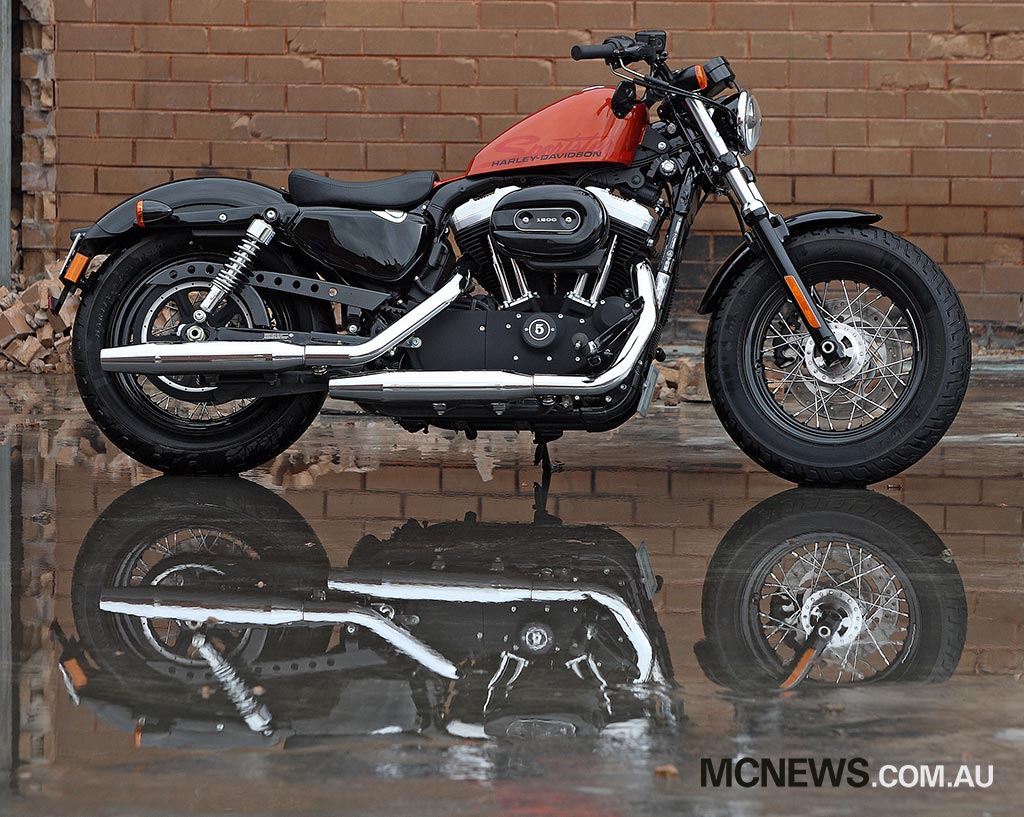
2022 heralds by far the biggest change in architecture since the Harley-Davidson Sportster first hit the scene in 1957. Since inception the basic design and look of most Sportster models have shown a clear and distinct lineage to the original that was unmistakable. The riding experience too was certainly reminiscent of another age. Even with the shift in 2004 to rubber engine isolators that took some of the shake, rattle and roll out of the bikes, followed by the shift to fuel-injection in 2007, the Sportster ride still felt distinctly old school. Emissions legislation was what essentially signed the final death warrant of the current generation Sportster, thus in 2021 we have been led to the situation whereby Sportster is dead, long live the Sportster!
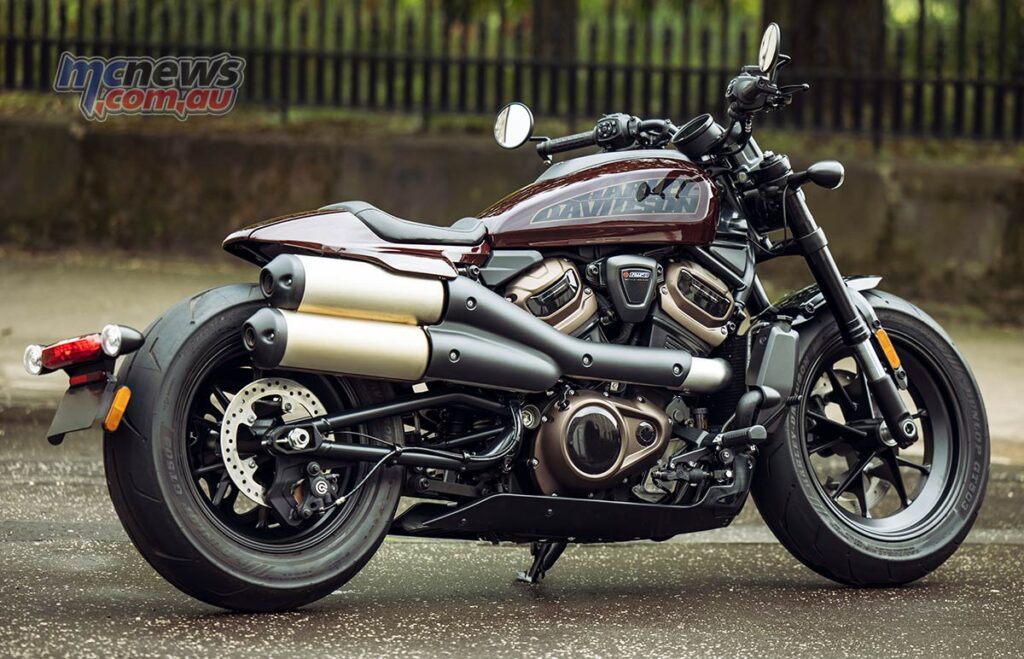
2022 will mark a huge leap forward in performance and specification that will take Sportster into a whole new world of riding dynamics, the price has also been hiked by 50 per cent. In this new generation of Sportster though you can certainly see a massive return in value that clearly illustrates where that extra money has gone. The new Sportster S is expected to make its debut on Australian soil around November 2021. $26,495 is the price of admission to the new era of Sportster which means that for the first time ever the most affordable entry point into the Harley range will likely be a Big Twin, as after the last remaining stocks of the previous generation Sportsters are cleared the 1745 cc Milwaukee-Eight powered Softail Standard will become the most affordable Harley-Davidson model at $21,495.
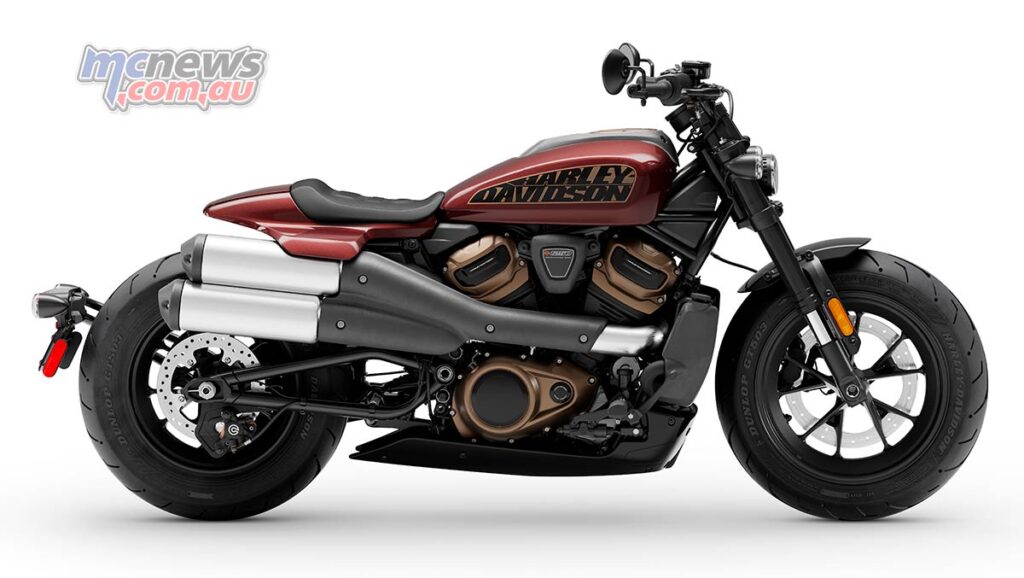
That is also understandable as where once the V-Rod was the sharpest tool in the Harley-Davidson dealership, leaving aside the short lived but now legendary relatively light and flickable XR1200X that while not boasting the power of the V-Rod, certainly bested it for riding dynamics and cornering performance.
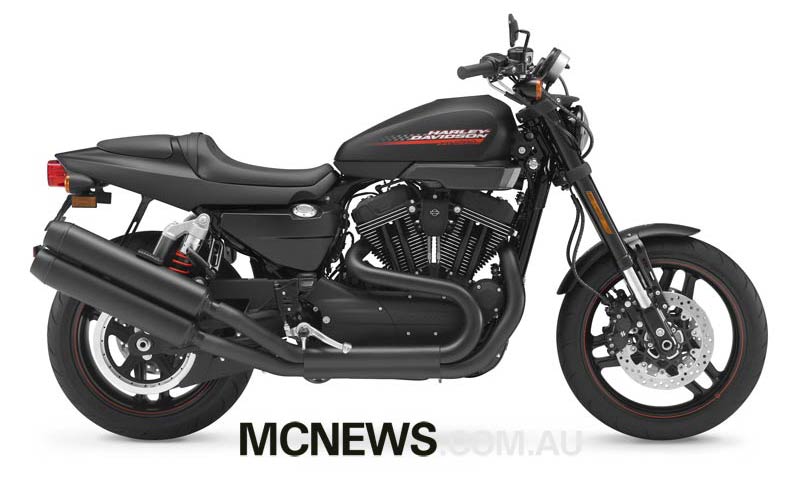
Now the new Sportster S propels the brand into proper sports naked territory when it comes to engine performance thanks to the brilliant new Revolution Max 1250 60-degree V-Twin. In Sportster S guise this high-tech new DOHC powerplant boasts much less power than the Pan America models it first debuted in. While Pan America boasts 150 horsepower at 8750 rpm and 127 Nm of torque at 6750 rpm, the quoted figures for Sportster S are 121 horsepower at 7500 rpm and the torque figure remains the same at 127 Nm but arrives 750 rpm earlier in Sportster S. Harley say they have tuned the engine to be more torque focussed with smaller ports and valves that meet a combustion chamber profile that is also designed to flow stronger at lower rpm along with milder cams and variable valve timing phasing that should endow the engine with better low-rpm performance.
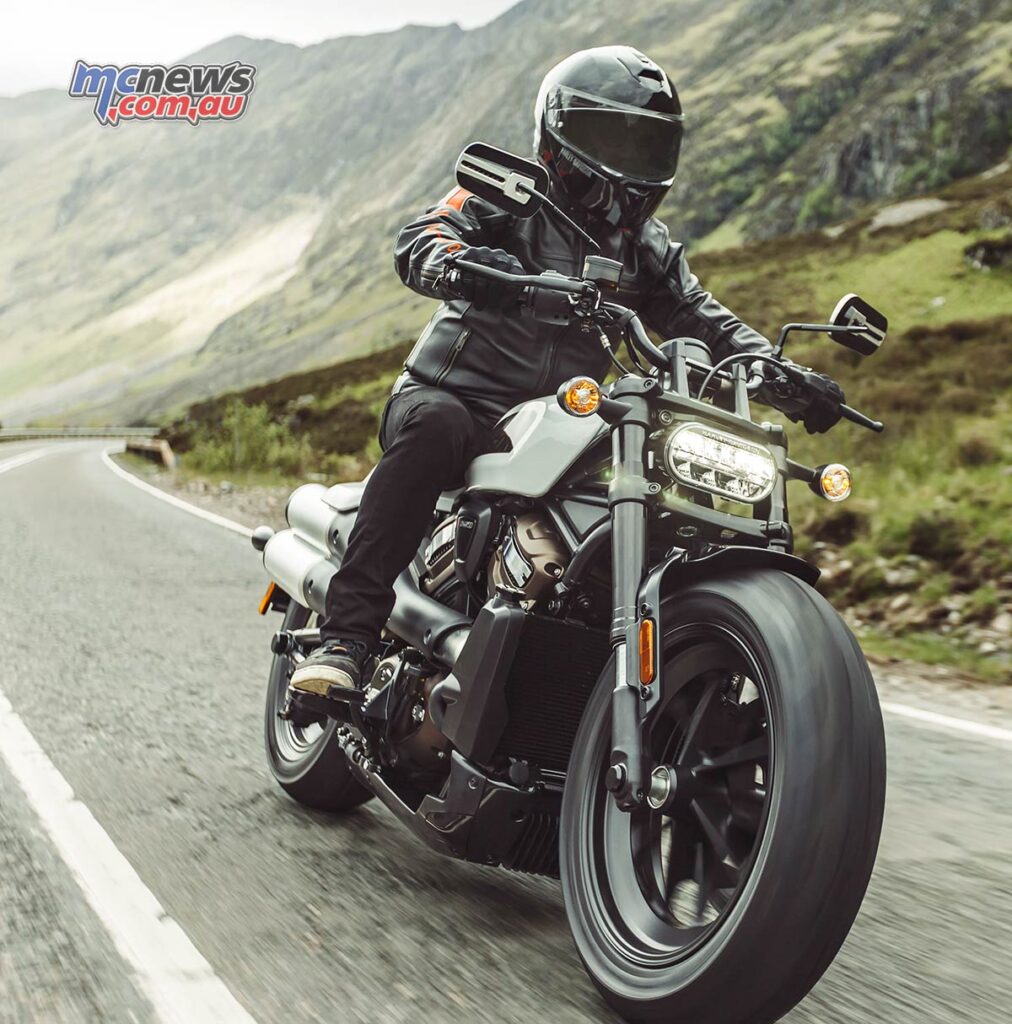
Unfortunately while the engine performance is impressive, albeit still 80 horsepower short of the more focussed Europeans, the chassis performance is unlikely to thrill. The Showa suspension specification is certainly sporting enough but with a shockingly low 51 mm of rear travel and limited ground clearance, Harley are only quoting 34-degrees of lean angle, spirited riding will no doubt be the spark throwing affair that riding a Sportster hard always was. Hopefully bump compliance is improved despite that tiny amout of rear suspension travel, fingers crossed. A mid-control conversion kit will be available but we are unsure if that will open up any more sporting potential. A pillion kit will also be an optional extra as will be a detachable windshield and tail-bag. The powertrain is a stressed member of the chassis, eliminating the traditional frame. A welded tubular steel trellis swingarm features a braced design and stamped X-member to further stiffen the chassis, while its shape adds distinctive style to the motorcycle.
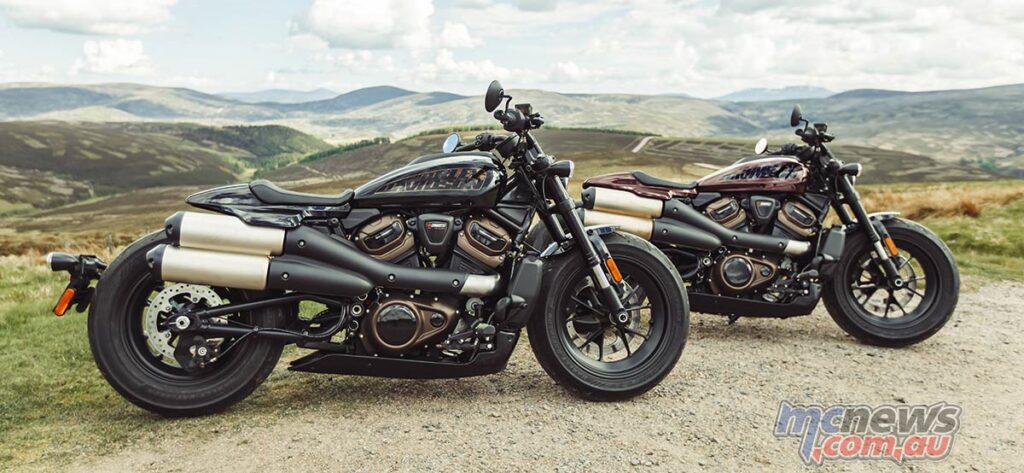
Most competitors will exceed 50-degrees of cornering bank angle before running into clearance problems, so the key to riding a Sportster fast will retain that quintessential riding style that all Harleys demand in order for them to be punted hard. The new street-fighter styled Bareknuckle will likely raise the stakes further and become the new undisputed king of performance for Harley. That new model was to be ridden by the press at a launch around the famous Nurburgring this week but the track sessions were rained out and most of the information on that new model remains under embargo.
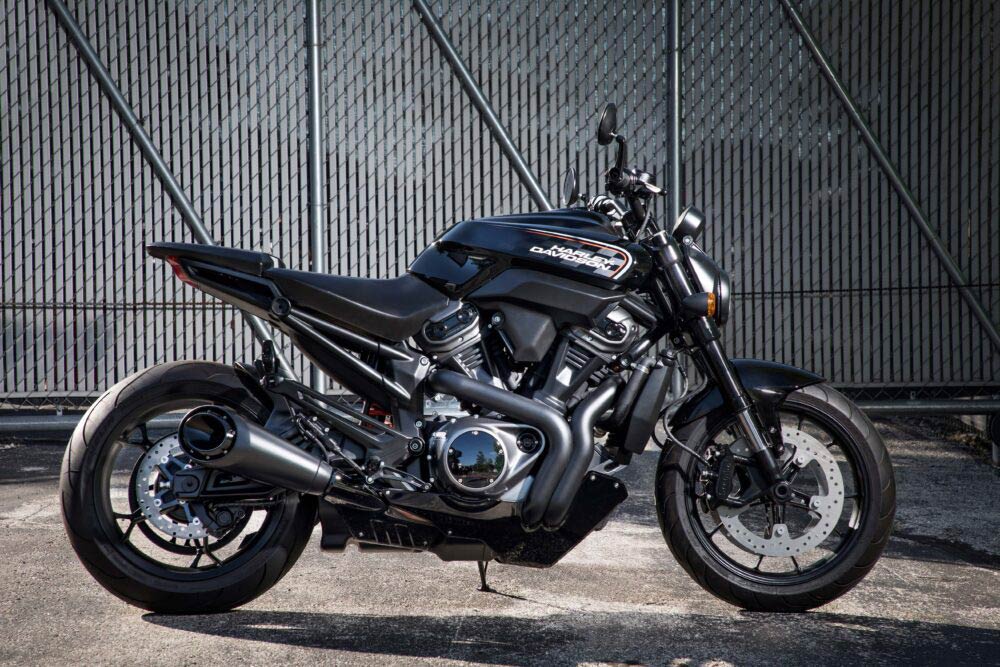
While the styling of the new Sportster S is a big departure from most Sportster models there are cues there, primarily in regards to the high-mount 2-into-1-into-2 exhaust, that does echo the lines of the legendary XR750 flat-tracker.
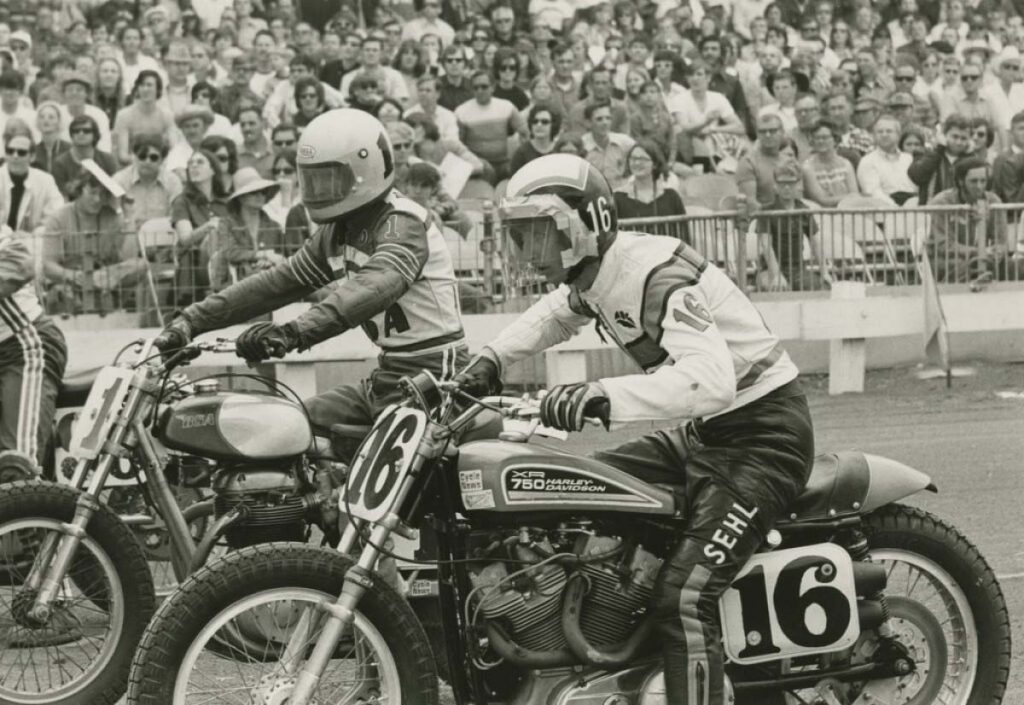
The Daymaker LED headlight though is a thoroughly modern touch that is signature Harley-Davidson and will make Sportster S stand out from the crowd.
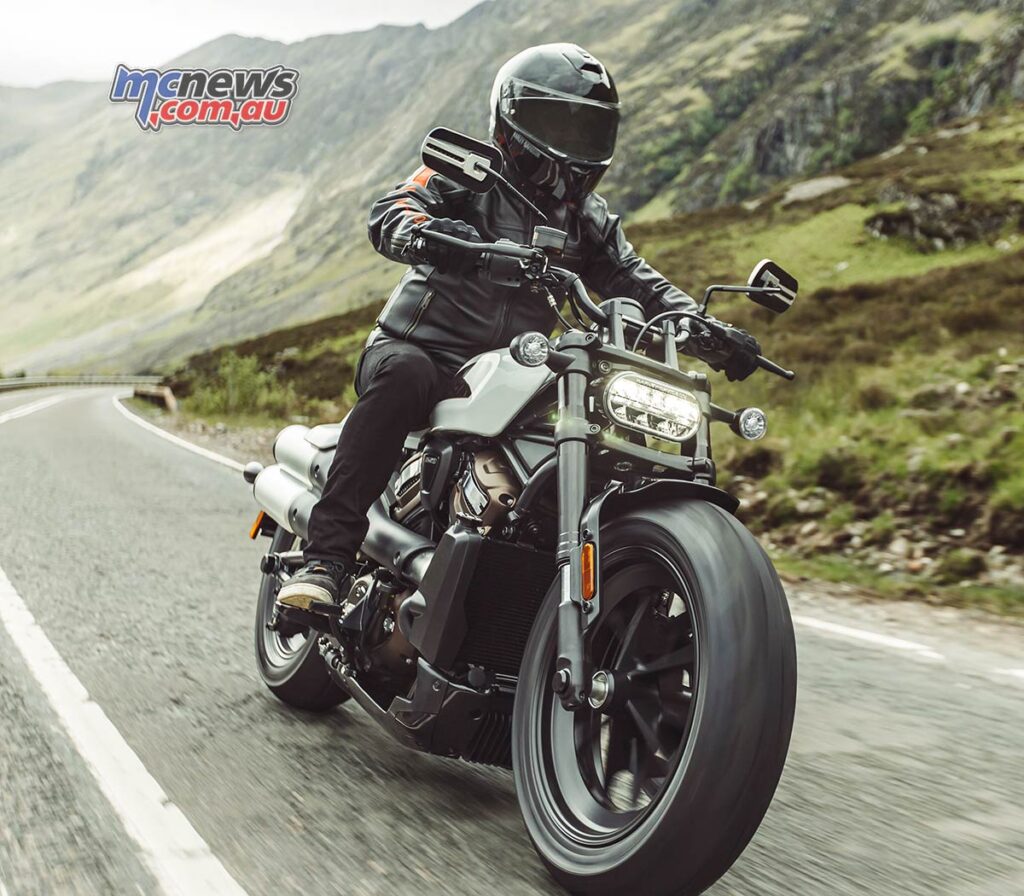
Rolling on tall 180/70-16 rubber at the rear and a fat 160/70-17 front the bike looks squat and the 753 mm seat height will make the bike very friendly to those short of stature and it retains the long and low look of so many Sportsters before it.
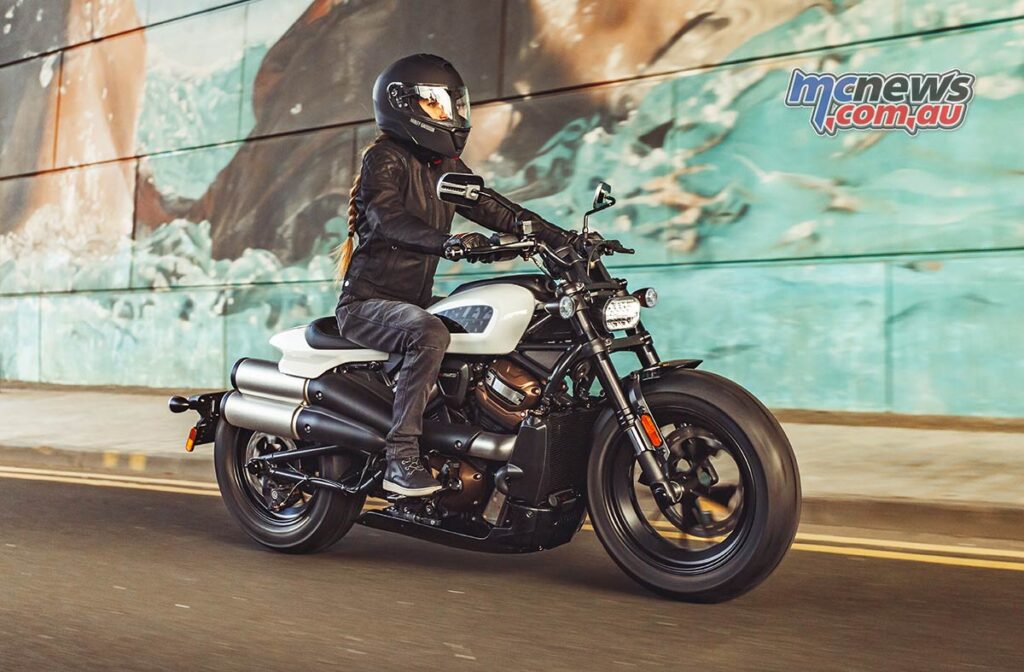
At 228 kg ready to roll the new 1250 Sportster S is 30 kg lighter than an 883 Sportster and the stopping power moves to a high-spec Brembo Monobloc four-piston caliper, however, the bike only wears one of them up front while most competitors boast two.
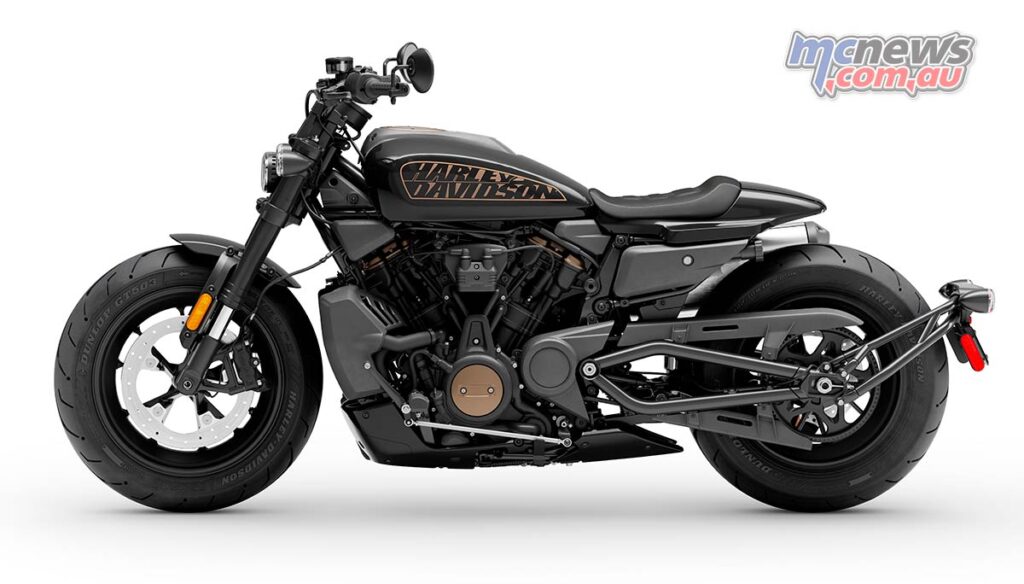
With the new generation engine we also move to an up to date suite of electronic safety aids that includes Riding Modes (Sport, Road and Rain), while a six-axis IMU delivers top shelf traction control and ABS with cornering and front wheel lift functionality. The IMU also looks after engine braking control to help stability while down-shifting through the six-speed gearbox which is also aided by a slip-assist clutch.
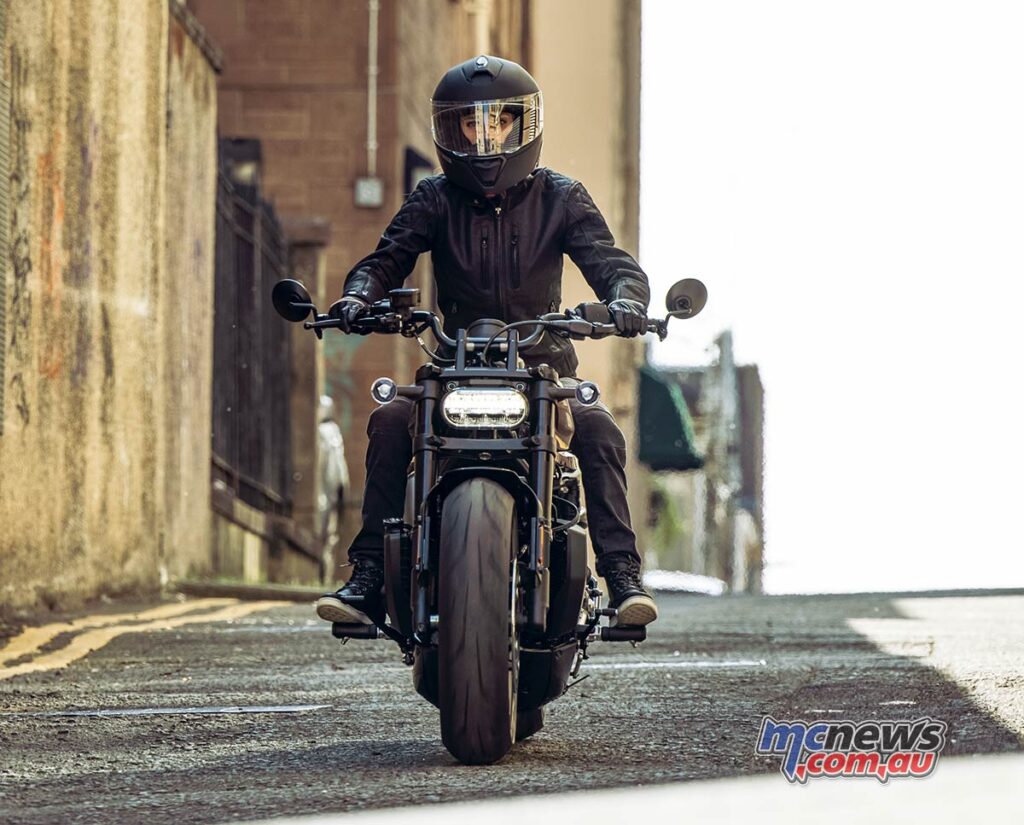
Instrumentation also makes a huge leap forward with a four-inch TFT screen complete with Bluetooth phone driven infotainment and navigation capabilities. Sportster S is pre-wired for accessory heated hand grips, and is equipped with two dedicated power points for heated riding gear (heated hand grips and heated riding gear/apparel each sold separately), plus a USB-C port for charging a phone or other device.
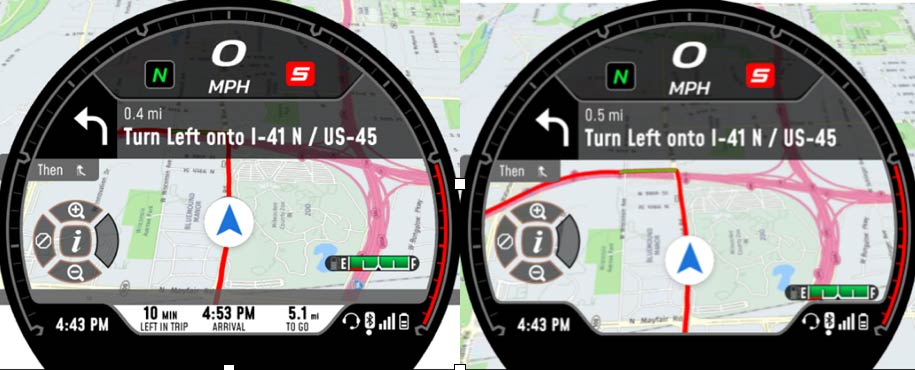
An external ambient temperature sensor will be useful while tyre pressure monitoring is a great feature. Cruise control and a proximity-based security system are standard equipment.
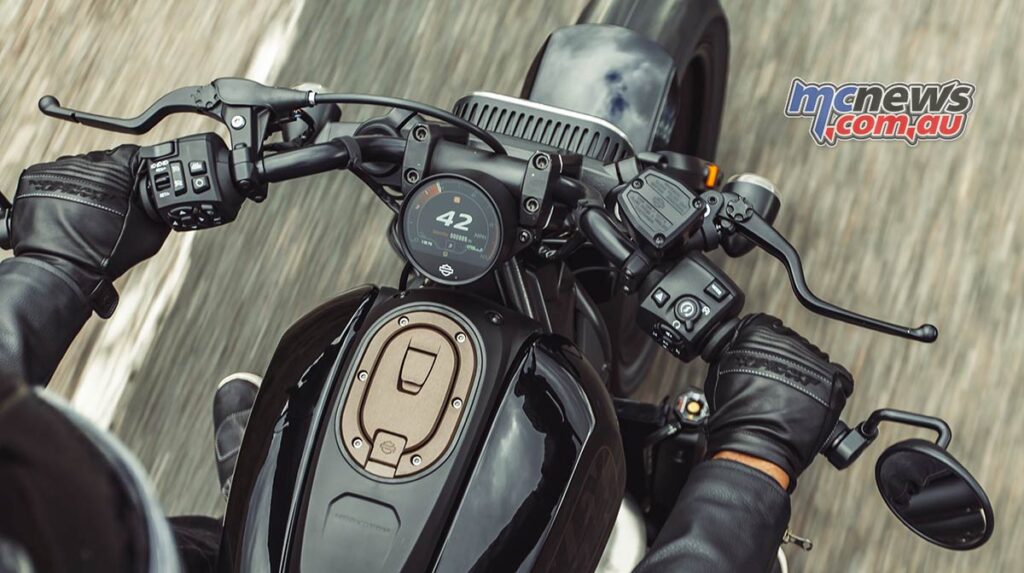
The steel fuel tank holds a modest 11.8 litres thus while it won’t quite have LiveWire levels of range anxiety one eye will need to be kept on the tripmeter.
Customisation will be a focus for Harley and their customers with this new platform, which Harley are referring to as a ‘Performance Custom’.
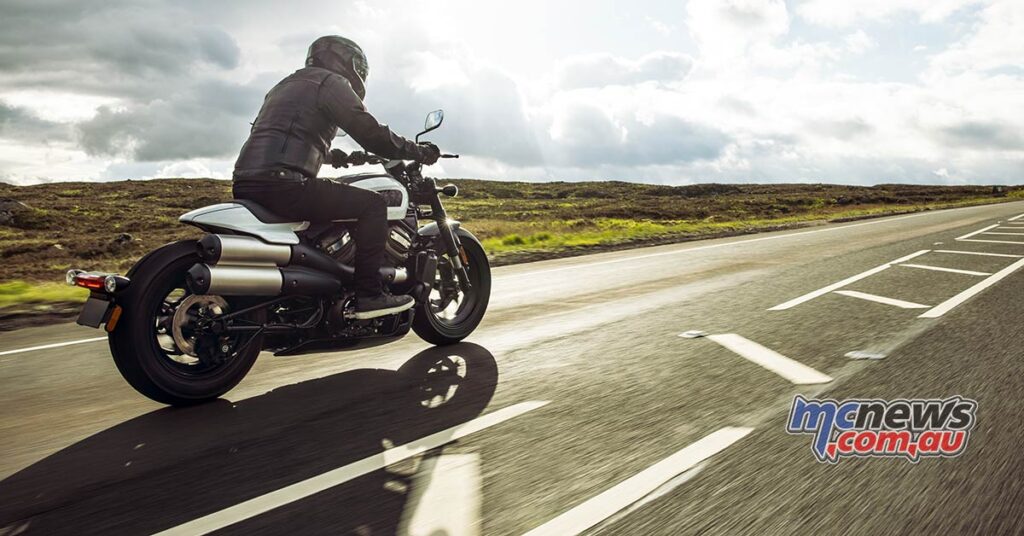
We look forward to samping the future of Sportster later this year to see how this next step forward in the modernisation of the Harley-Davidson line-up performs.
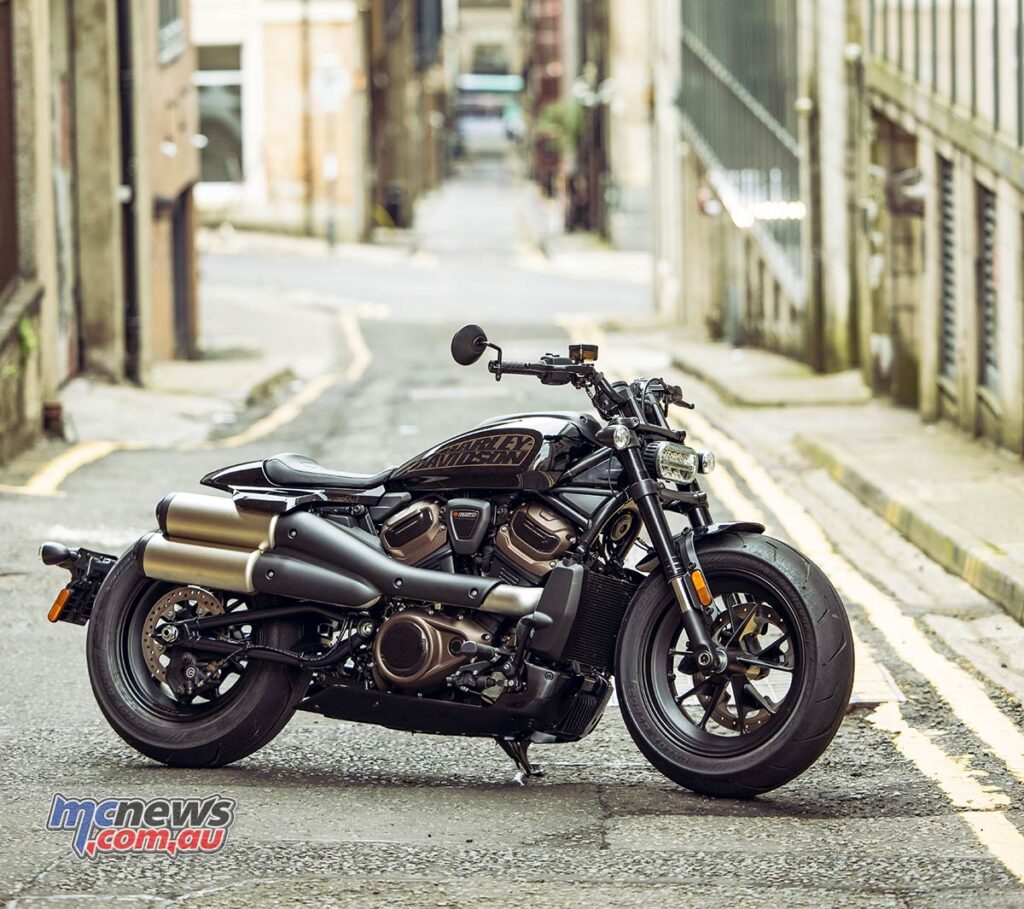
| Harley-Davidson Sportster S Specifications | |
| Engine | Revolution Max 1250T, chain-driven, DOHC, hydraulic self-adjusting lifters, intake & exhaust VVT; four valves per cylinder |
| Bore x stroke | 105 mm x 72.3 mm |
| Displacement | 1252 cc |
| Compression Ratio | 12.0:1 |
| Engine Torque | 94 ft-lb (127 Nm) @ 6000 rpm |
| Power | 121 hp (90 kW) @ 7500 rpm |
| Fuel System | Electronic Sequential Port Fuel Injection (ESPFI) |
| Air Cleaner | Downdraft intake, tuned velocity stacks, washable filter media |
| Exhaust | 2-into-1-into-2; catalyst in muffler |
| Lubrication System | Semi-Dry Sump |
| Primary Drive | Gear, 49/89 ratio |
| Final Drive | Belt, 80/34 ratio |
| Clutch | Mechanical, 8 plate wet, assist & slip, 1090N |
| Transmission | Six-speed |
| Frame | Stressed-member, high strength low alloy steel trellis frame; stamped, cast, and forged junctions; MIG welded; aluminum forged mid-structure |
| Swingarm | High strength low alloy steel, tubular sections, stamped x-member, forged axle junctions; MIG welded |
| Front Fork | 43 mm inverted fork with compression, rebound and spring preload adjustability. Aluminum fork triple clamps. |
| Rear Shocks | Linkage-mounted, piggyback monoshock with compression, rebound and hydraulic spring preload adjustability |
| Wheels | Aluminum cast, satin black |
| Wheels, Front Width | 4.50 x 17 in. |
| Wheels, Rear Width | 5.00 x 16 in. |
| Brakes | 320 mm front rotor, radial monoblock four-piston caliper, 260mm rear rotor, single piston caliper, ABS |
| Tyre Type | Dunlop Harley-Davidson Series, radial, GT503 |
| Tyre Size | 160/70TR17 73V, 180/70R16 77V |
| Suspension Travel, F/R | 92 mm / 51 mm |
| Lean Angle Testing Method | J1168 |
| Lean Angle, Right (deg.) | 34 |
| Lean Angle, Left (deg.) | 34 |
| Length | 2265 mm |
| Overall Width | 843 mm |
| Overall Height | 1089 mm |
| Seat Height, Laden | 734 mm |
| Seat Height, Unladen | 753 mm |
| Static Ground Clearance | 93 mm |
| Rake (steering head) | 30 |
| Fork Angle | 28 |
| Trail | 148 mm |
| Wheelbase | 1518 mm |
| Fuel Capacity | 11.8 L |
| Reserve Fuel Capacity | 3 L |
| Oil Capacity (w/filter) | 4.5 L |
| Weight, In Running Order | 228 kg |
| Gross Vehicle Weight Rating | 418 kg |
| Warranty | 24 months (unlimited mileage) |
| Service Interval | First 1,600 km, every 8,000 km thereafter |
| RRP | $26,495 Ride Away |
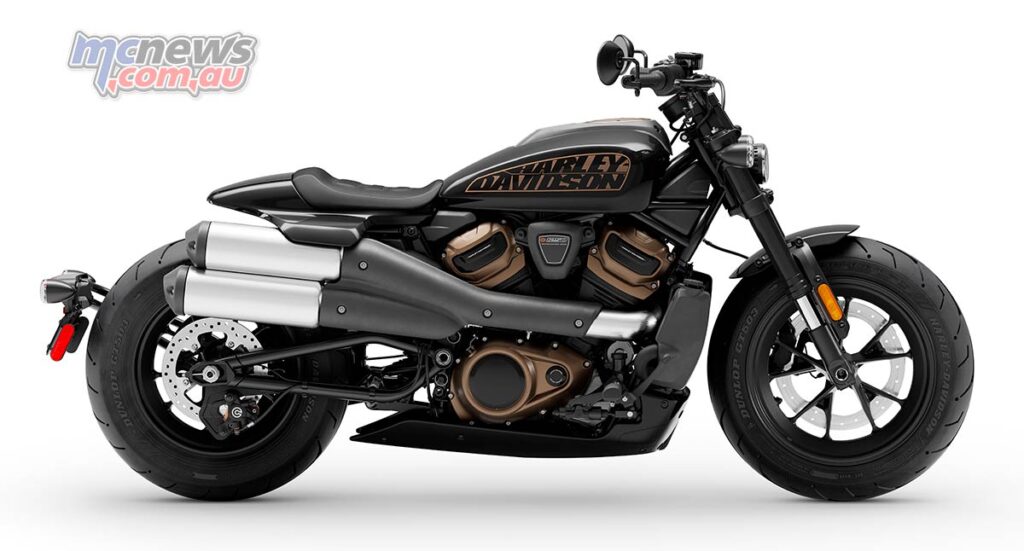
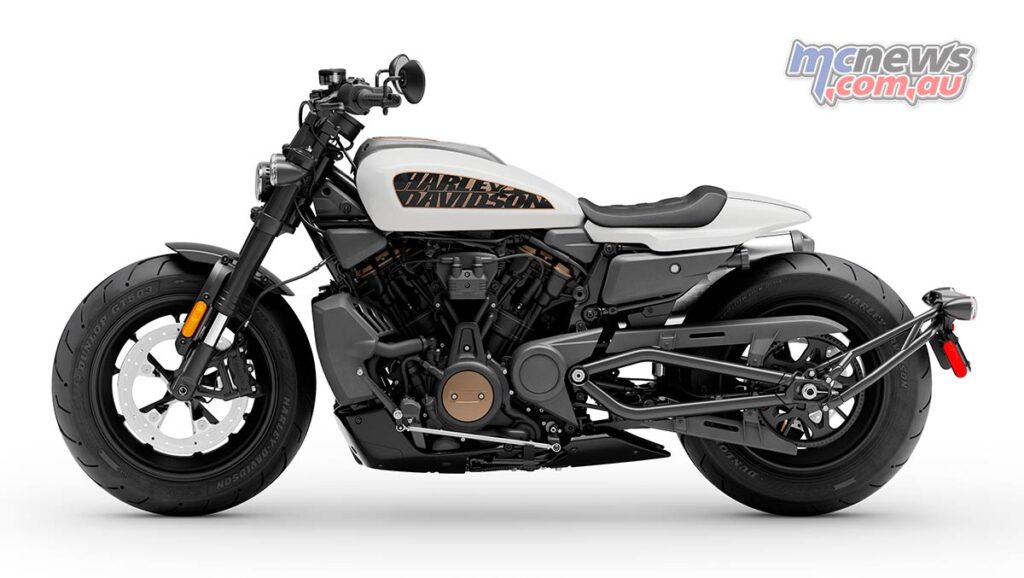
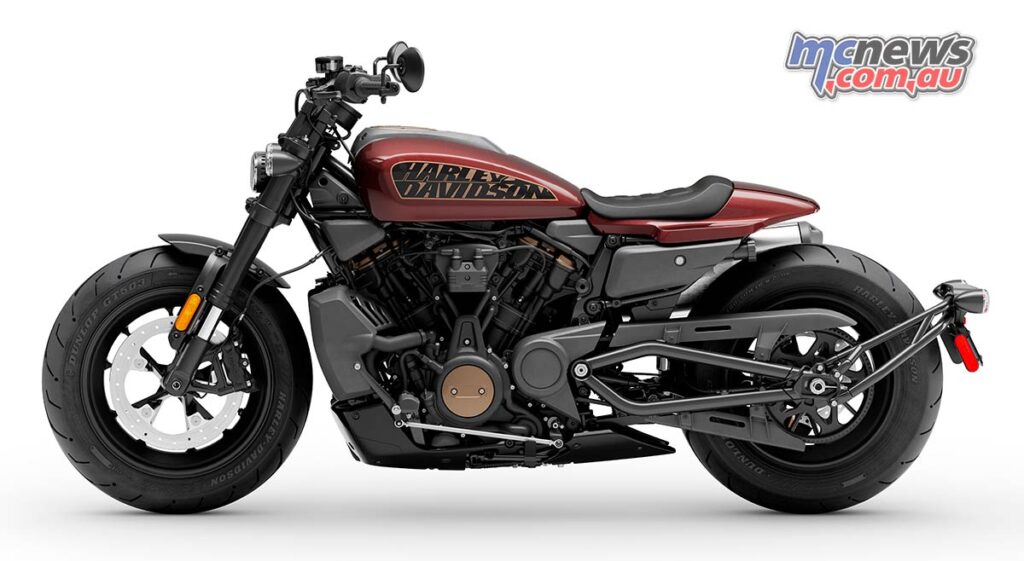
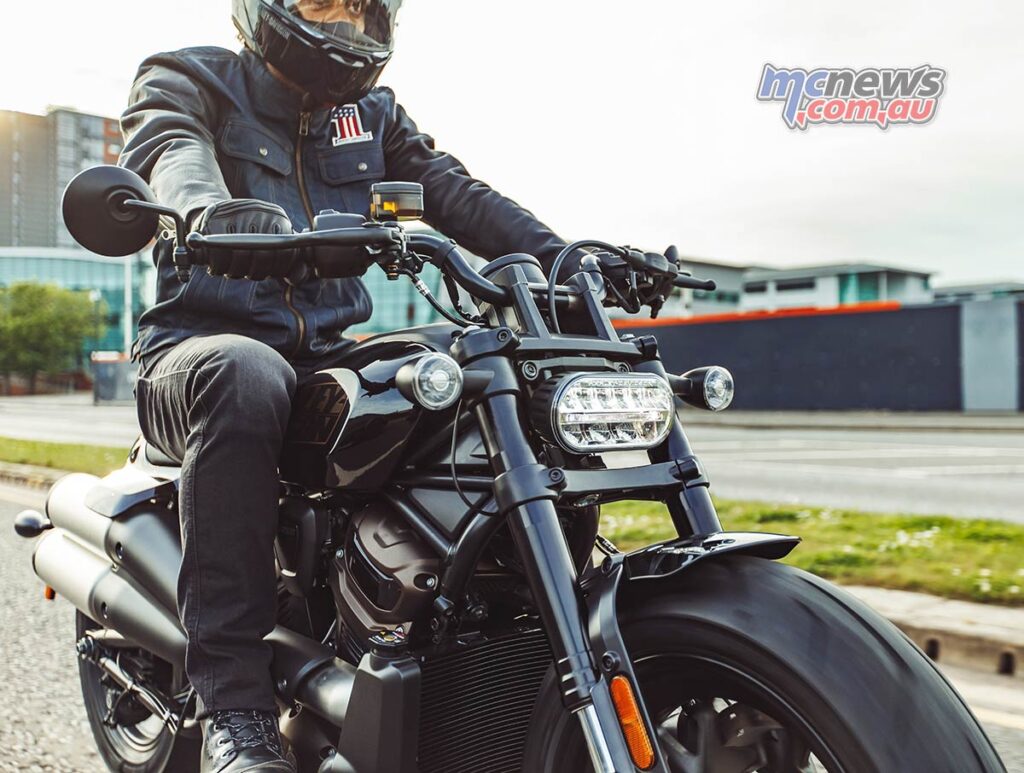
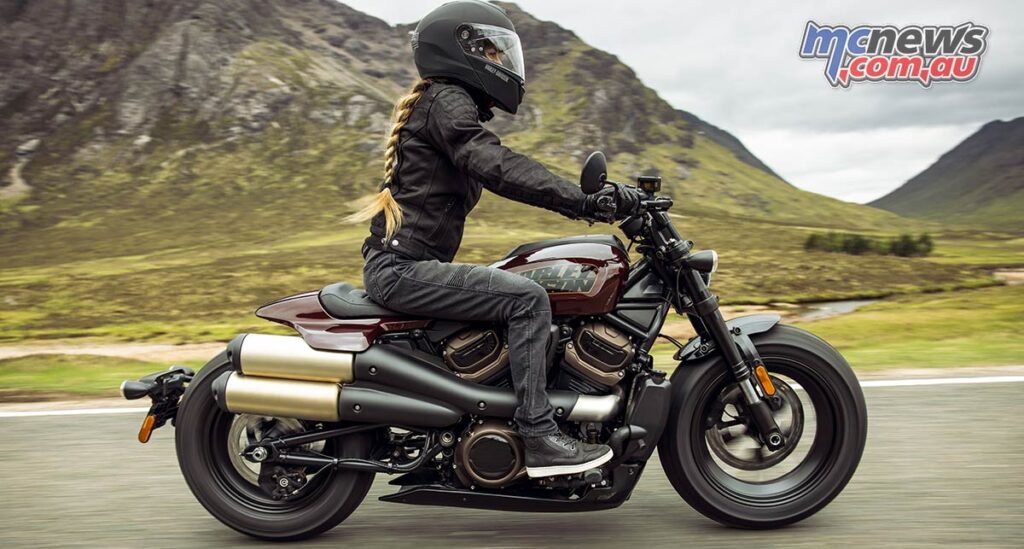
Source: MCNews.com.au

